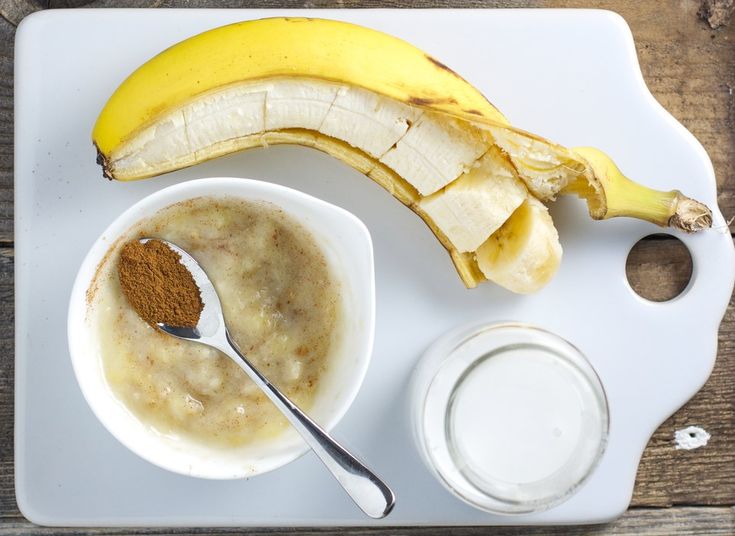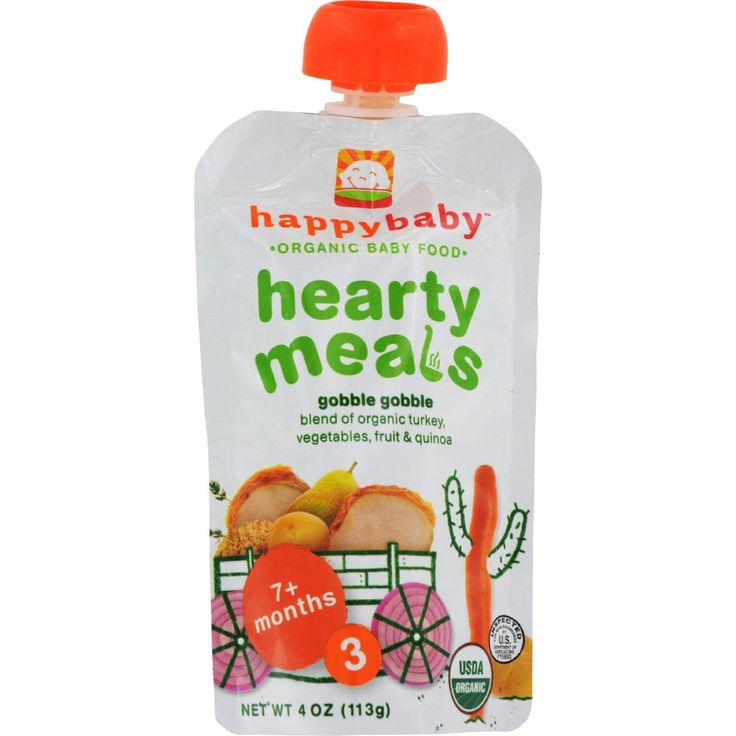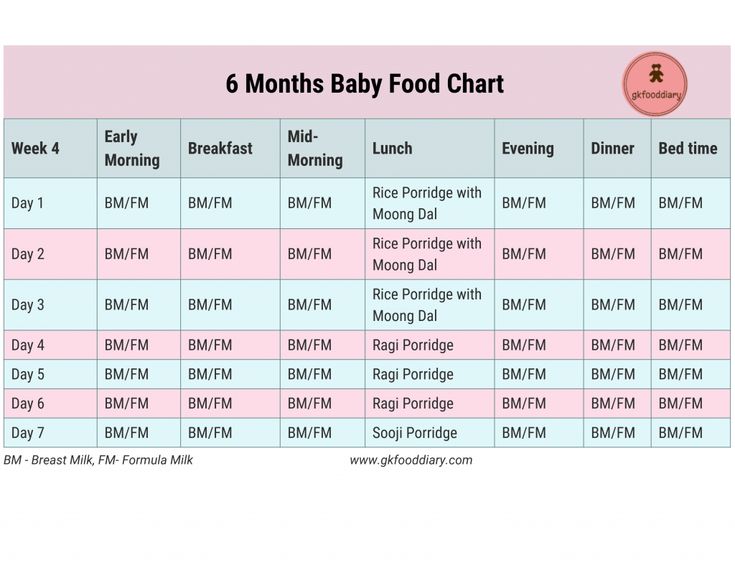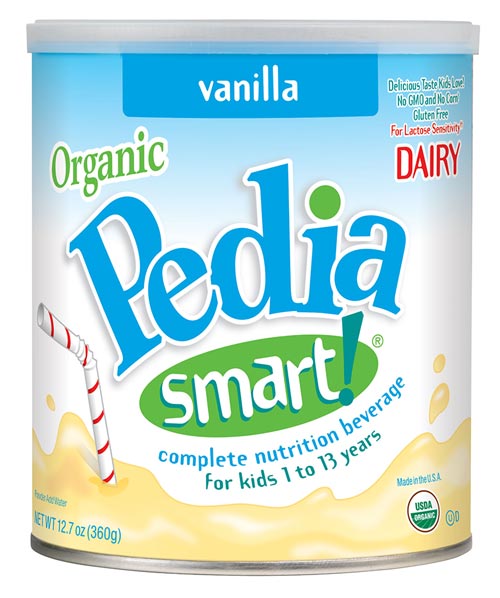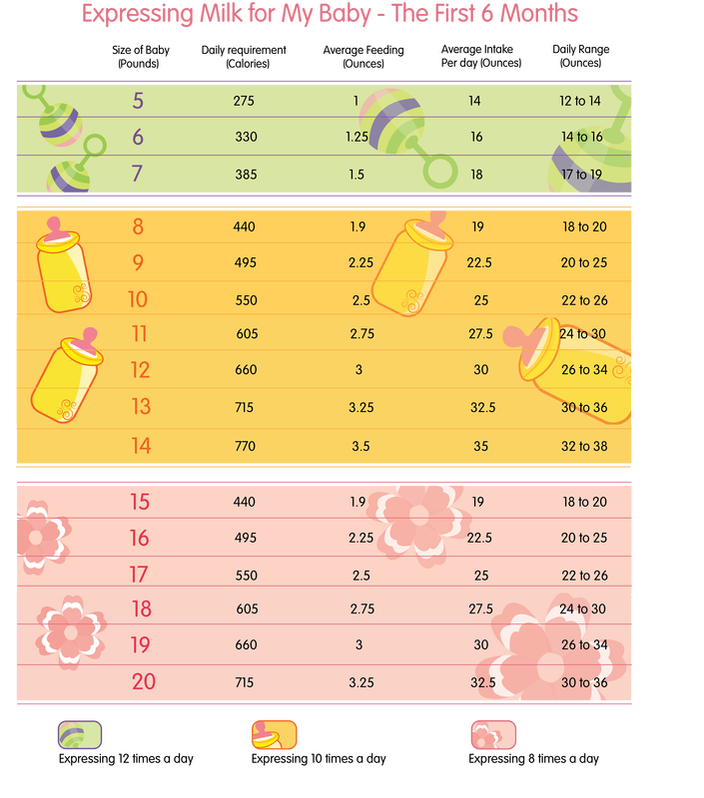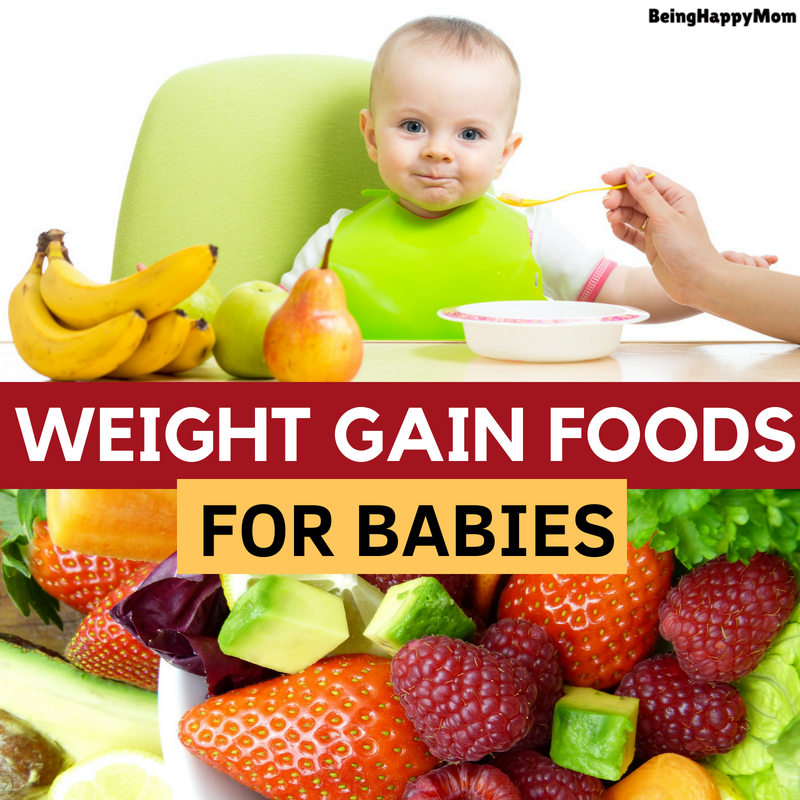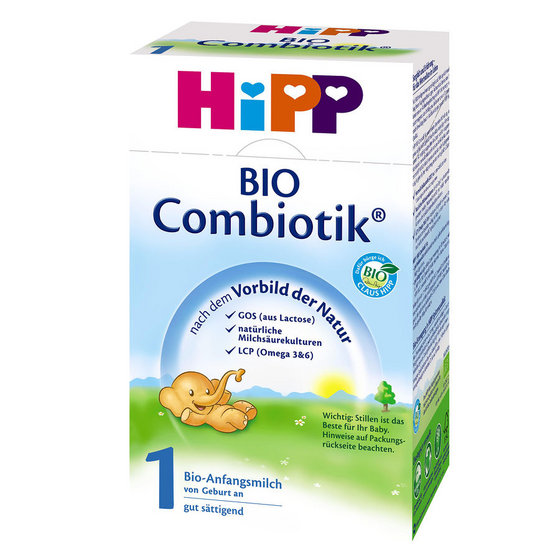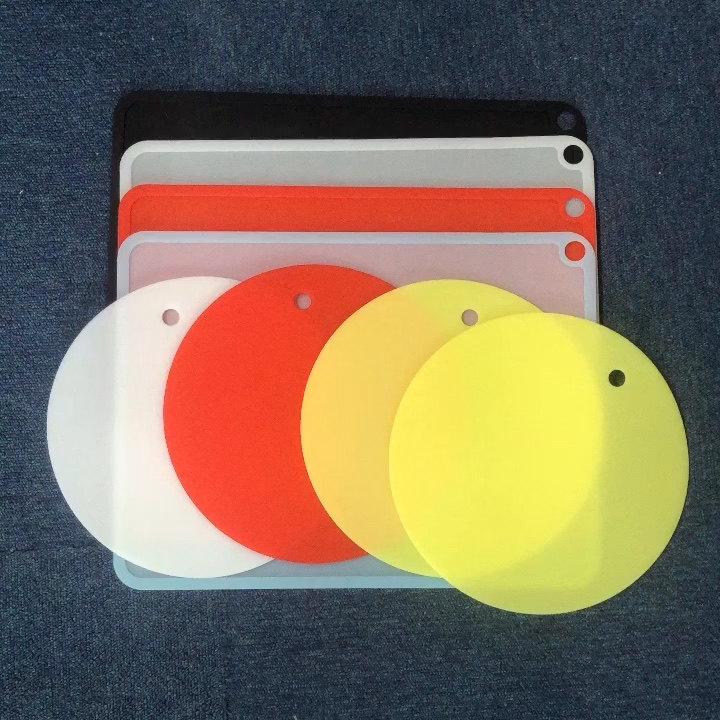Baby food coconut
Coconut for Babies - First Foods for Baby
When can babies eat coconut?
Coconut may be introduced as soon as baby is ready to start solids, which is generally around 6 months of age. Even though coconut is botanically a fruit (a drupe to be precise), the United States Food & Drug Administration classifies it as a tree nut, which means it is an allergen by law, even though coconut is not a common allergen and coconut allergy is rare.1 2
Where do coconuts come from?
Coconut likely originated in the tropics of Asia and spread around the globe with colonization and trade. It is called the tree of life, as the entire plant can be utilized by humans, who turn coconut palms and their fruit into fiber, medicine, musical instruments, shelter, and of course, food. Rich in flavor and full of nutrition, coconut works well in sweet and savory dishes alike, and its use in cooking is widespread. Coconuts can be enjoyed at various stages of maturity, from young, green coconuts to the oldest, brown coconuts, and each stage can be used slightly differently in the kitchen. Coconuts are also processed into many other forms, from coconut oil to flour to sugar. See our page on coconut milk for more information about the alternative dairy products made by pressing the fruit’s flesh.
Is coconut healthy for babies?
Yes. Nutrient content varies depending on the form of coconut—fresh, dried, or processed into milk, yogurt, oil, butter, flour, sugar, and more—but most coconut products are packed with healthy fat to nourish a baby’s brain and support the nervous system’s development. These healthy fats also provide easily available energy for growing babies, and some are easier to digest and absorb than fats from animal products.3 4 In addition, coconut meat contains plenty of fiber to cultivate a healthy gut and other essential nutrients to help a baby thrive, including copper, iron, manganese, selenium, zinc, and vitamin B6.
★Tip: Whole coconuts in their husks can be stored on the counter for up to one week or in the fridge for up to three weeks. Once the husk is removed and the fruit is cracked open, store in the fridge and use within a week.
Can babies drink coconut milk?
After 12 months of age, yes. While coconut milk can be a terrific ingredient for cooking food for babies, wait until after baby’s first birthday to serve it on its own as a drink. The American Academy of Pediatrics advises that babies should drink only breast milk or formula until the first birthday (and in addition, small amounts of water after six months of age).5 6 For a detailed comparison of plant-based milks and milk alternatives, see our Milk FAQs page.
Can babies drink coconut water?
After 12 months of age, yes. The American Academy of Pediatrics advises that babies should drink only breast milk or formula until the first birthday (and in addition, small amounts of water after six months of age).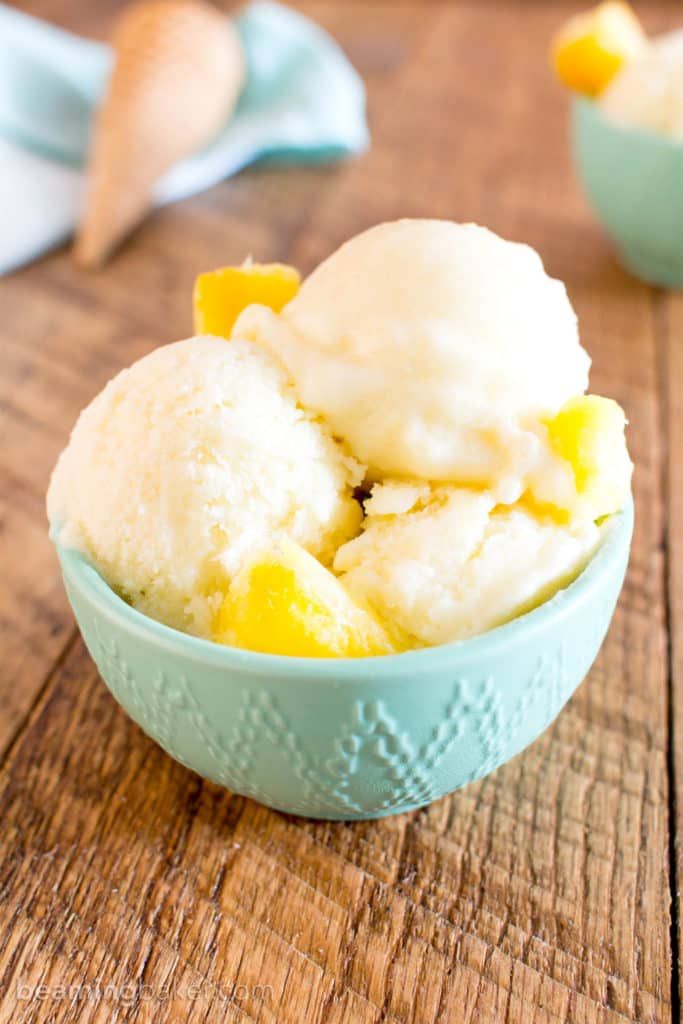 7 While a small sip won’t hurt, it’s best to wait until after baby’s first birthday to offer coconut water as a drink. When serving store-bought coconut water, be sure to read the ingredient label and opt for products without any added sugar.
7 While a small sip won’t hurt, it’s best to wait until after baby’s first birthday to offer coconut water as a drink. When serving store-bought coconut water, be sure to read the ingredient label and opt for products without any added sugar.
Is coconut oil healthy for babies?
Yes, but read the label before purchasing coconut products. They often contain additives and preservatives and are packaged in containers lined with bisphenol A (BPA), which studies have shown can disrupt a baby’s bodily functions.8 9 Choose cans and plastic containers marked with a BPA-free label—and opt for unsweetened products with no added ingredients.
Finally, when purchasing coconut oil, choose brands with a virgin or extra virgin label over refined coconut oil, which is treated with chemicals to remove the aroma—a process that adds potentially carcinogenic substances and eliminates much of the antioxidant benefits.10 11 12 13
Can babies eat dried coconut that has sulfites?
Yes.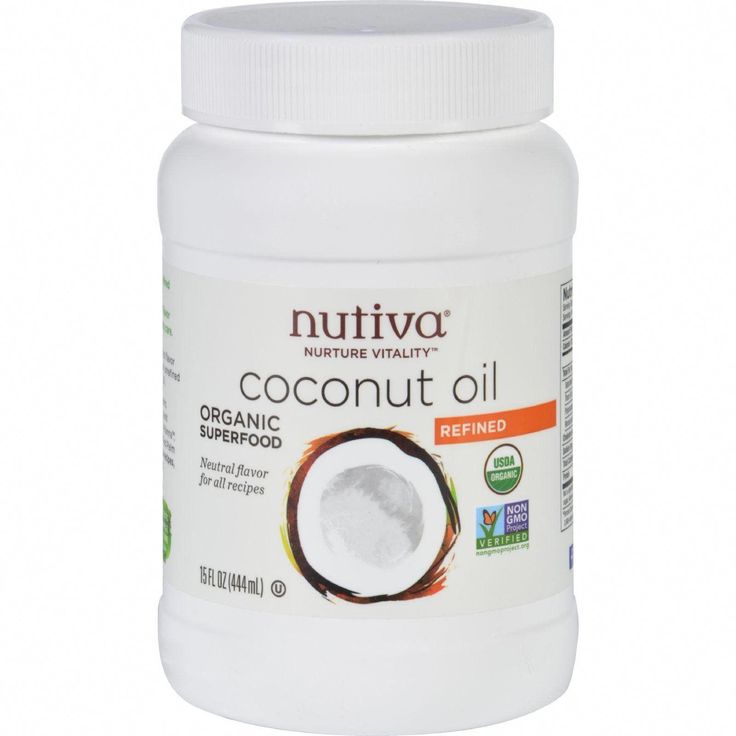 As long as the child does not have a sulfite sensitivity, dried coconut with added preservatives and sulfites can be offered in moderation. Sulfites are naturally present in certain foods and can be added to others to help prevent browning, decrease the growth of microbes, and extend a food’s shelf life.14 15 In the United States, sulfites are generally recognized as safe by the Food and Drug Administration.16
As long as the child does not have a sulfite sensitivity, dried coconut with added preservatives and sulfites can be offered in moderation. Sulfites are naturally present in certain foods and can be added to others to help prevent browning, decrease the growth of microbes, and extend a food’s shelf life.14 15 In the United States, sulfites are generally recognized as safe by the Food and Drug Administration.16
If you suspect baby is sensitive to sulfites or would like to avoid them, simply look for a brand that is sulfite-free. In sensitive individuals, consuming sulfites can cause an allergy-like reaction and cause asthma flare-ups. If sulfites are a concern, avoid ingredients such as sulfur dioxide, potassium bisulfate, potassium metabisulfite, sodium bisulfite, sodium metabisulfite, and sodium sulfite to name a few.17
Is coconut a common choking hazard for babies?
Yes, if you are serving chunks of mature, raw coconut flesh or coconut strips or chips.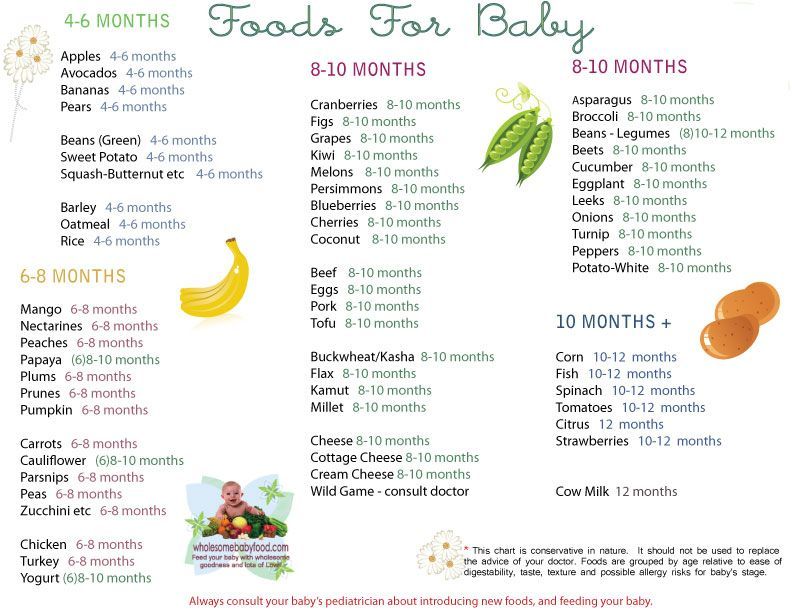 Young coconut meat is soft and pliable, and should not pose any unusual risk. Shredded (or desiccated) coconut and fine coconut flakes are not choking hazards and may be used liberally. As always, make sure to create a safe eating environment and stay within an arm’s reach of the baby during meals. For more information on choking, visit our section on gagging and choking and familiarize yourself with the list of common choking hazards.
Young coconut meat is soft and pliable, and should not pose any unusual risk. Shredded (or desiccated) coconut and fine coconut flakes are not choking hazards and may be used liberally. As always, make sure to create a safe eating environment and stay within an arm’s reach of the baby during meals. For more information on choking, visit our section on gagging and choking and familiarize yourself with the list of common choking hazards.
Is coconut a common allergen?
Yes and no. Coconut is a fruit, and not actually a nut.18 However, the United States Food & Drug Administration classifies coconut as a tree nut, which means it must be labeled as an allergen by law, even though coconut allergy is rare.19 20 In fact, some organizations advise that individuals with tree nut allergies avoid coconut, even as they acknowledge that coconut can be safely consumed by most individuals with tree nut allergies.21 In the small number of documented coconut allergies, most were not allergic to tree nuts.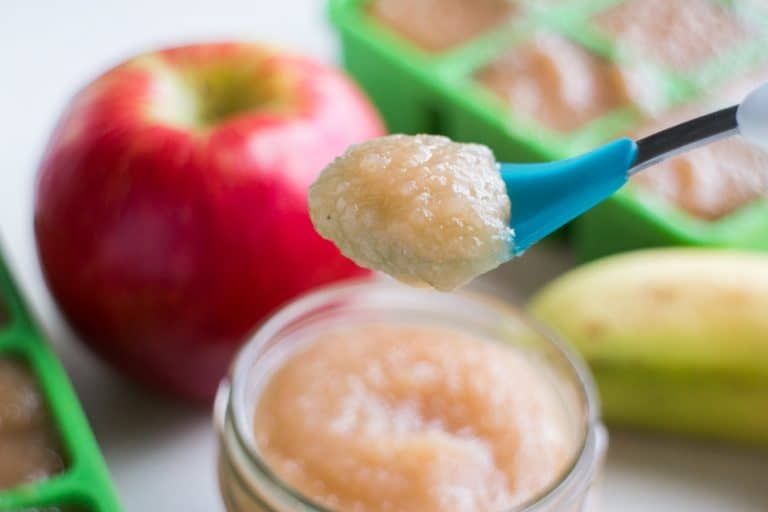 22 However, in the rare cases when it does occur, coconut allergy has been associated with severe reactions.23
22 However, in the rare cases when it does occur, coconut allergy has been associated with severe reactions.23
Dried coconut is commonly preserved with sulfites. While sulfites are not a common allergen, certain individuals, particularly those with asthma, can have allergy-like reactions to added sulfites.24 If sulfites are a concern, avoid ingredients such as sulfur dioxide, potassium bisulfate, potassium metabisulfite, sodium bisulfite, sodium metabisulfite, and sodium sulfite to name a few.25
As you would when introducing any new food, start by offering a small quantity for the first few times. If there is no adverse reaction, gradually increase the quantity over future meals.
How do you introduce coconut to babies with baby-led weaning?
Every baby develops on their own timeline, and the suggestions on how to cut or prepare particular foods are generalizations for a broad audience. Your child is an individual and may have needs or considerations beyond generally accepted practices.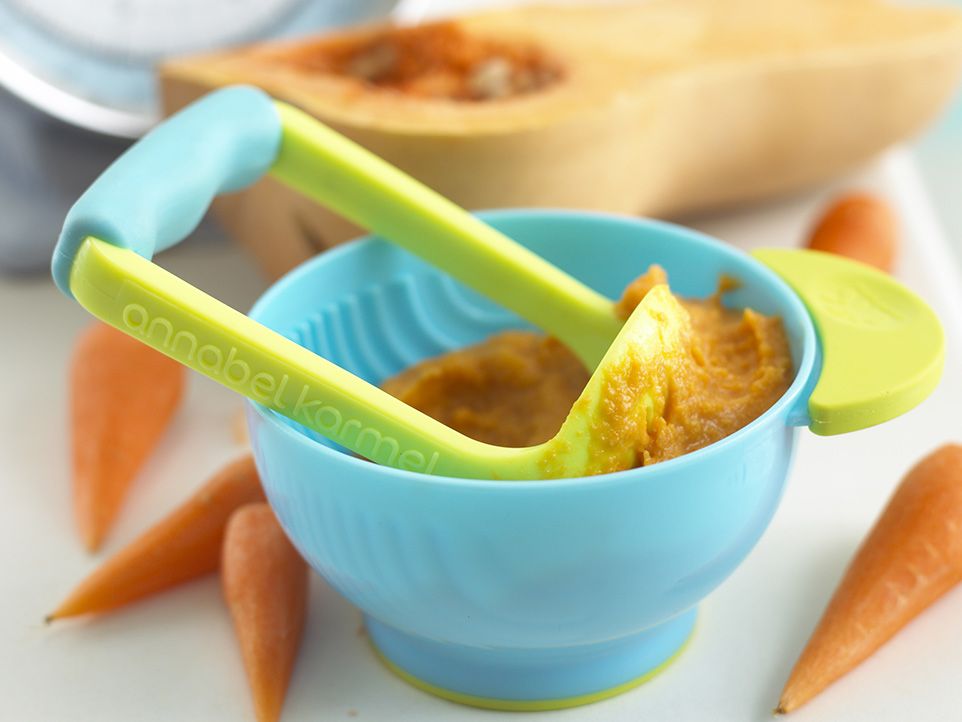 In determining the recommendations for size and shape of foods, we use the best available scientific information regarding gross, fine, and oral motor development to minimize choking risk. The preparation suggestions we offer are for informational purposes only and are not a substitute for child-specific, one-on-one advice from your pediatric medical or health professional or provider. It is impossible to fully eliminate all risk of a baby or child choking on any liquid, puree, or food. We advise you to follow all safety protocols we suggest to create a safe eating environment and to make educated choices for your child regarding their specific needs. Never disregard professional medical advice or delay in seeking it because of something you have read or seen here.
In determining the recommendations for size and shape of foods, we use the best available scientific information regarding gross, fine, and oral motor development to minimize choking risk. The preparation suggestions we offer are for informational purposes only and are not a substitute for child-specific, one-on-one advice from your pediatric medical or health professional or provider. It is impossible to fully eliminate all risk of a baby or child choking on any liquid, puree, or food. We advise you to follow all safety protocols we suggest to create a safe eating environment and to make educated choices for your child regarding their specific needs. Never disregard professional medical advice or delay in seeking it because of something you have read or seen here.
6 to 12 months old: The soft meat of young coconuts or unsweetened dried finely shredded coconut (also called desiccated coconut) can be mixed into warm cereals and other soft foods. Coconut oil and unsweetened coconut milk or cream work well as a base for oatmeal, rice, and warm cereals.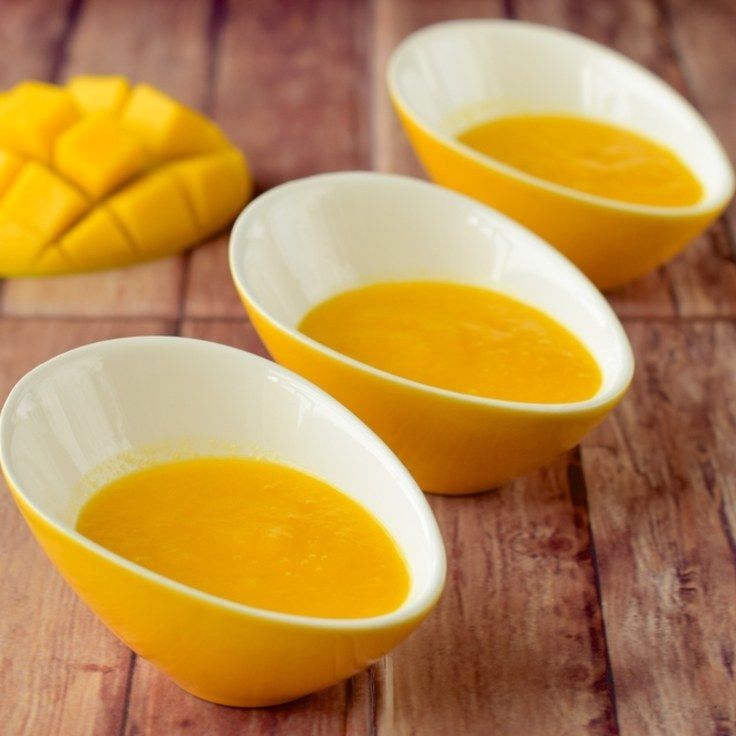 Avoid large flakes of coconut (sometimes called “coconut chips”) at this age, as they can be sharp and difficult to swallow.
Avoid large flakes of coconut (sometimes called “coconut chips”) at this age, as they can be sharp and difficult to swallow.
12 to 18 months old: Continue to mix the soft meat of young coconuts or dried finely shredded coconut into a child’s food and use coconut oil and unsweetened coconut milk or cream liberally in your cooking. If you are feeling adventurous and up for the challenge, break down a whole young coconut and offer small strips of the soft flesh to a child. You may also start to introduce unsweetened coconut milk or coconut water in small quantities and, perhaps, diluted with plain or filtered water, to encourage development of drinking skills.
18 to 24 months old: Time for hands-on learning! Try serving a bit of diluted unsweetened coconut water or coconut milk to help your child learn how to hold and drink from a cup. Encourage your child to sprinkle finely shredded coconut on their food by offering a small spoonful on the side at mealtime.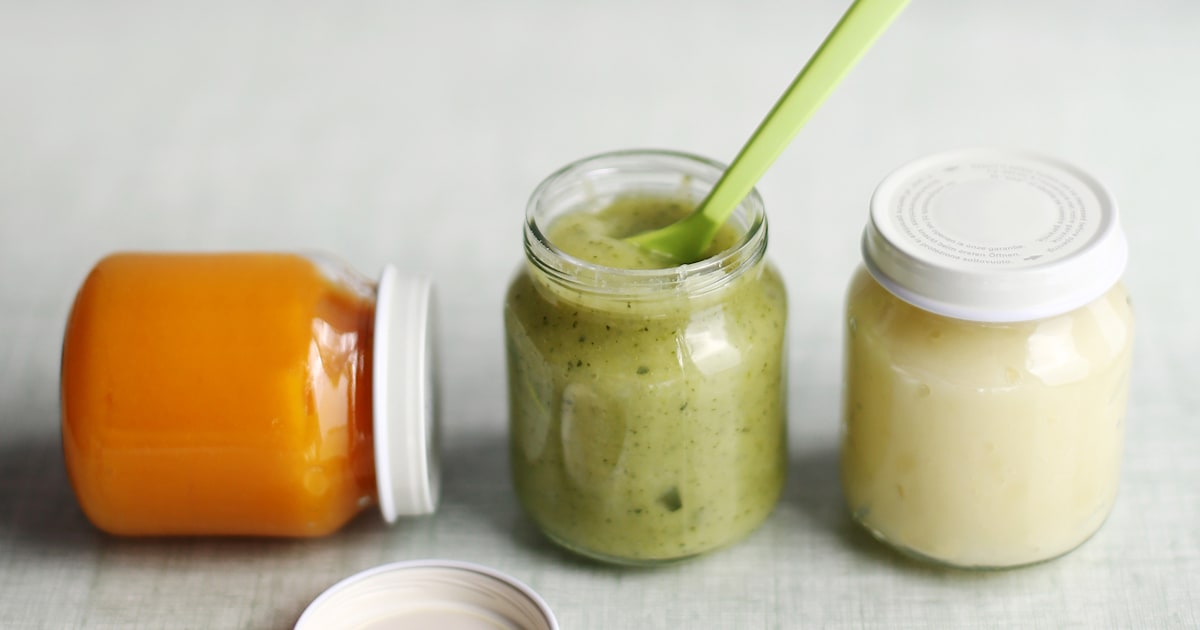 If you have access to fresh young coconuts, invite your child to try and use a spoon to scoop the soft flesh from one half. And of course, continue cooking with coconut to add lots of healthy fats to a child’s meal. You may also decide to try serving unsweetened coconut yogurt—a delicious alternative to dairy-based yogurt.
If you have access to fresh young coconuts, invite your child to try and use a spoon to scoop the soft flesh from one half. And of course, continue cooking with coconut to add lots of healthy fats to a child’s meal. You may also decide to try serving unsweetened coconut yogurt—a delicious alternative to dairy-based yogurt.
Take the stress out of day-to-day cooking with our Meal & Recipe Ideas Kit.
What are recipe ideas for cooking with coconut?
Coconut has a mellow, slightly sweet flavor that works well in a variety of dishes worldwide. Coconut appears in canjica corn porridge in Brazil, vegetable-packed oil down stew in Grenada, creamy haupia pudding in Hawaii, sweet ondeh-ondeh balls in Indonesia, savory matata with seafood and peanuts in Mozambique, technicolor halo-halo desserts in the Philippines, spiced coconut rice called kiribath in Sri Lanka, and many more beloved dishes. The meat from young, green coconuts is so soft that it can be pureed and added to warm cereals and grain dishes. The slightly firmer flesh of older coconuts is delicious grated and used as a coating for fish, chicken, tofu, added to granolas, and incorporated into baked goods like cookies, cakes, and quick breads.
The slightly firmer flesh of older coconuts is delicious grated and used as a coating for fish, chicken, tofu, added to granolas, and incorporated into baked goods like cookies, cakes, and quick breads.
★Tip: Finely shredded coconut can add grip to slippery finger foods like avocado and mango slices. If you’re concerned that the pieces of shredded coconut are too large, pulverize in a food processor, grinder, or mortar and pestle to achieve a finer texture.
Recipe: Coconut Mango and Papaya Spears
Yield: 1 child-sized serving
Time: 10 minutes
Ingredients
- 1 mango
- 1 papaya
- 2 teaspoons unsweetened desiccated coconut flakes
- 1 lime
This recipe contains coconut, which is classified as tree nut, a common allergen. Only serve to a child after coconut has been safely introduced.
Directions
- Wash the fruit and pat dry.
- Prepare the mango. First, cut off a thin slice from the stem end to create a flat surface so that the fruit sits upright on a cutting board, then peel and discard the skin.
 Next, halve the fruit by slicing along one side of the pit, then along the other side. Store one half and the pit in the fridge for a future meal.
Next, halve the fruit by slicing along one side of the pit, then along the other side. Store one half and the pit in the fridge for a future meal. - Prepare the papaya. Slice off and discard the stem and flower ends. Cut lengthwise and separate the halves. Peel and discard the skin from one half, then scoop out and discard or reserve its seeds. Store the other half in the fridge for future meals.
- Cut the fruit into spears. Sprinkle with the juice of the lime if you’d like to add extra flavor, then roll in the coconut flakes.
- Serve on a plate and allow baby to self-feed by picking up the spears. If they struggle with picking up the food, try passing a spear vertically in the air for baby to grab.
To Store: Cut mango keeps in an air-tight container for up to 1 week. Cut papaya keeps for less time—up to 3 days when tightly wrapped in the fridge.
Flavor Pairings
Coconut is mildly earthy and slightly sweet with a distinctive aroma of fresh fruit, toasted nuts, and vanilla. Coconut pairs well with fellow tropical fruits and vegetables like banana, cassava (yuca), mango, papaya, passion fruit, pineapple, and plantain, but tastes just delicious with produce from cooler climates like beet, blueberry, cabbage, carrot, peach, raspberry, and strawberry. It also works well as a flavor enhancer for chicken, egg, fish, pork, and other hearty proteins. Brighten the creaminess of coconut by seasoning with fresh herbs like mint, lemongrass, or makrut lime leaves; citrus like calamansi, lime, or orange; or dried spices like anise, cardamom, cinnamon, coriander, cumin, pepper, or turmeric.
Coconut pairs well with fellow tropical fruits and vegetables like banana, cassava (yuca), mango, papaya, passion fruit, pineapple, and plantain, but tastes just delicious with produce from cooler climates like beet, blueberry, cabbage, carrot, peach, raspberry, and strawberry. It also works well as a flavor enhancer for chicken, egg, fish, pork, and other hearty proteins. Brighten the creaminess of coconut by seasoning with fresh herbs like mint, lemongrass, or makrut lime leaves; citrus like calamansi, lime, or orange; or dried spices like anise, cardamom, cinnamon, coriander, cumin, pepper, or turmeric.
Reviewed by
J. Truppi, MSN, CNS
V. Kalami, MNSP, RD, CSP
K. Grenawitzke, OTD, OTR/L, SCFES, IBCLC, CNT
S. Bajowala, MD, FAAAAI. Board-Certified Allergist & Immunologist (allergy section)
R. Ruiz, MD, FAAP. Board-Certified General Pediatrician & Pediatric Gastroenterologist
- U.S. Food & Drug Administration.
 FDA Basics for Industry: Section 201(qq). Retrieved December 28, 2020
FDA Basics for Industry: Section 201(qq). Retrieved December 28, 2020 - Anagnostou, K. (2017). Coconut Allergy Revisited. Children (Basel, Switzerland), 4(10), 85. DOI:10.3390/children4100085. Retrieved December 28, 2020
- You, Y.Q., Ling, P.R., Qu, J. Z., Bistrian, B. R. (2008). Effects of medium-chain triglycerides, long-chain triglycerides, or 2-monododecanoin on fatty acid composition in the portal vein, intestinal lymph, and systemic circulation in rats. JPEN. Journal of parenteral and enteral nutrition, 32(2), 169–175. DOI:10.1177/0148607108314758. Retrieved December 21, 2020
- Amarasiri, W.A., Dissanayake, A.S. (2006). Coconut fats. Ceylon Medical Journal, 51(2):47-51. DOI:10.4038/cmj.v51i2.1351. Retrieved December 21, 2020
- American Academy of Pediatrics. Infant Food and Feeding. Retrieved December 21, 2020
- American Academy of Pediatrics. Infant Food and Feeding. Retrieved December 21, 2020
- American Academy of Pediatrics. Infant Food and Feeding.
 Retrieved December 21, 2020
Retrieved December 21, 2020 - Braun, J.M. (2017). Early-life exposure to EDCs: role in childhood obesity and neurodevelopment. Nature Reviews Endocrinology, 13(3):161-173. DOI:10.1038/nrendo.2016.186. Retrieved October 13, 2020
- Pjanic, M. (2017). The role of polycarbonate monomer bisphenol-A in insulin resistance. PeerJ, 13;5:e3809. DOI: 10.7717/peerj.3809. Retrieved January 5, 2021
- Liu R, Cheng M, Kothapalli KSD, et al. Glycerol derived process contaminants in refined coconut oil induce cholesterol synthesis in HepG2 cells. Food Chem Toxicol. 2019;127:135-142. doi:10.1016/j.fct.2019.03.005
- U.S. Food & Drug Administration. 3-Monochloropropane-1,2-diol (MCPD) Esters and Glycidyl Esters. Retrieved January 21, 2020.
- Liu, R., Guo, X., Cheng, M., Zheng, L., Gong, M., et al. (2019). Effects of chemical refinement on the quality of coconut oil. Journal of food science and technology, 56(6), 3109–3116. DOI:10.1007/s13197-019-03810-w. Retrieved January 11, 2021
- Arris, F.
 A., Thai, V., Manan, W.N., Sajab, M. S. (2020). A Revisit to the Formation and Mitigation of 3-Chloropropane-1,2-Diol in Palm Oil Production. Foods (Basel, Switzerland), 9(12), 1769. DOI:10.3390/foods9121769. Retrieved January 11, 2021
A., Thai, V., Manan, W.N., Sajab, M. S. (2020). A Revisit to the Formation and Mitigation of 3-Chloropropane-1,2-Diol in Palm Oil Production. Foods (Basel, Switzerland), 9(12), 1769. DOI:10.3390/foods9121769. Retrieved January 11, 2021 - American Academy of Pediatrics. Sulfites: a sensitive issue. Retrieved November 3, 2021
- Vally, H. and Misso, N. L. A. (2012). Adverse reactions to the sulphite additives, 5 (1), 16-23. Retrieved November 3, 2021.
- American Academy of Pediatrics. Sulfites: a sensitive issue. Retrieved November 3, 2021
- Cleveland Clinic. (2020). Sulfite sensitivity. Retrieved November 3, 2021.
- Library of Congress. Is coconut a fruit, nut or seed? Retrieved January 20, 2021
- U.S. Food & Drug Administration. FDA Basics for Industry: Section 201(qq). Retrieved December 22, 2020
- Anagnostou, K. (2017). Coconut Allergy Revisited. Children (Basel, Switzerland), 4(10), 85. DOI:10.3390/children4100085. Retrieved December 21, 2020
- Food Allergy Research & Education.
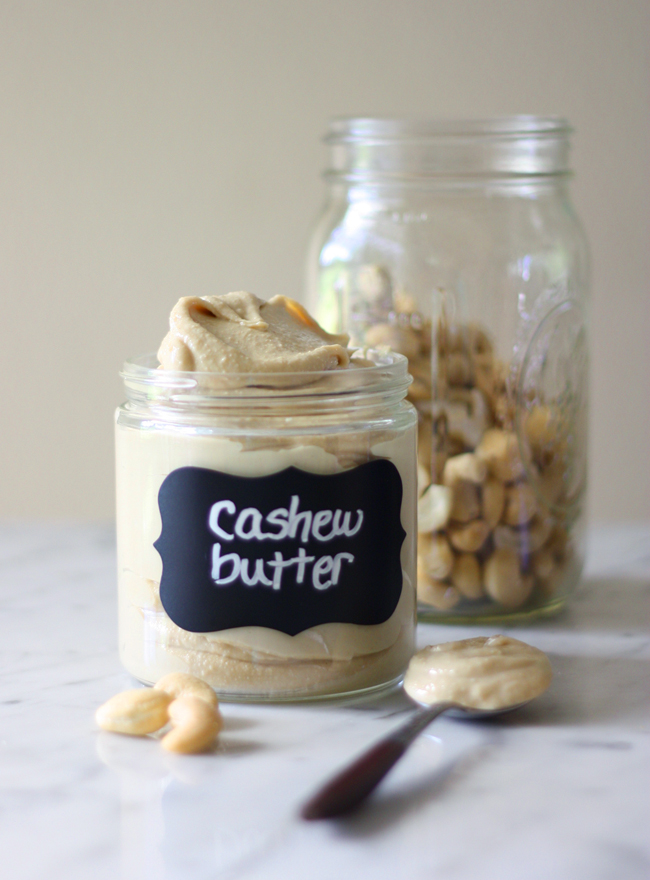 Tree Nut Allergy. Retrieved December 22, 2020
Tree Nut Allergy. Retrieved December 22, 2020 - Food Allergy Research & Education. Tree Nut Allergy. Retrieved December 22, 2020
- Anagnostou, Katherine. “Coconut Allergy Revisited.” Children (Basel, Switzerland) vol. 4,10 85. 29 Sep. 2017, doi:10.3390/children4100085
- Cleveland Clinic. (2020). Sulfite sensitivity. Retrieved November 3, 2021.
- Cleveland Clinic. (2020). Sulfite sensitivity. Retrieved November 3, 2021.
Coconut Milk for Babies - First Foods for Baby
When can babies have coconut milk?
While coconut milk can be a terrific ingredient for cooking food for babies as young as 6 months of age, wait until after your baby’s first birthday to serve it on its own as a drink so it doesn’t displace valuable nutrition from breast milk or formula. For a detailed comparison of plant-based milks and milk alternatives, see our Milk FAQs page.
Background and origins of coconut milk
Coconut is a fruit that grows abundantly on palms in tropical climates. Within the hard shell are two nutritious staple foods for cultures around the world: the refreshing water and the creamy white meat. While coconut water is best reserved for toddlers 12 months and up, the meat can be eaten fresh or processed to make coconut cream, coconut milk, coconut butter, coconut yogurt, and more. Learn more—and see our coconut page for more information about introducing fresh or dried coconut meat and coconut oil.
Within the hard shell are two nutritious staple foods for cultures around the world: the refreshing water and the creamy white meat. While coconut water is best reserved for toddlers 12 months and up, the meat can be eaten fresh or processed to make coconut cream, coconut milk, coconut butter, coconut yogurt, and more. Learn more—and see our coconut page for more information about introducing fresh or dried coconut meat and coconut oil.
Is coconut milk healthy for babies?
Yes, if used as an ingredient in solid food. Never serve coconut milk to a baby younger than 12 months of age as it can displace critical nutrition from breast milk or formula. The American Academy of Pediatrics advises that babies should drink only breast milk or formula until the first birthday (and optionally, small amounts of water after six months of age).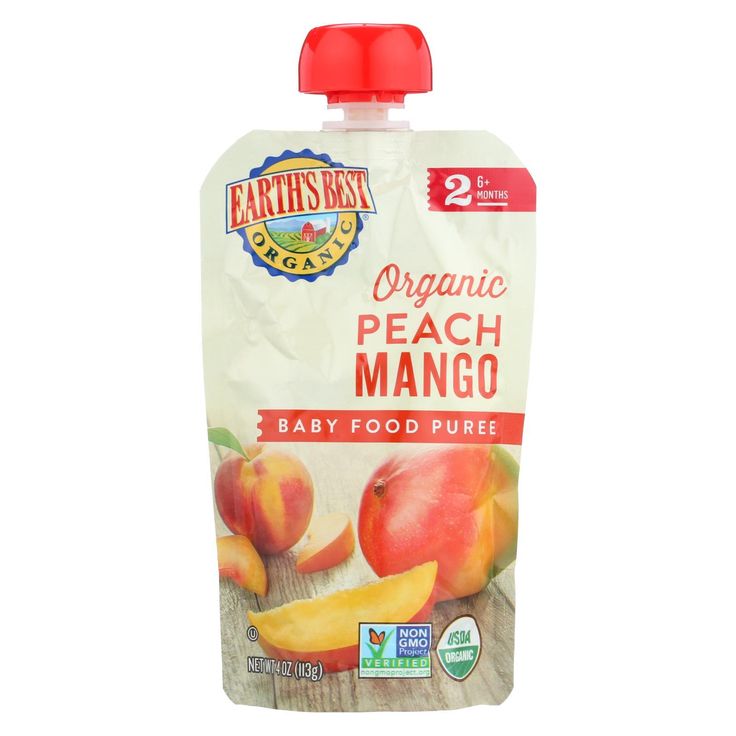 1
1
Nutritionally coconut milk boasts a good amount of healthy fats—some of which are easier to digest and absorb than fats from animal products.2 3 That said, nutrition varies widely depending on the brand, so read labels closely. For example, canned coconut milk can have different nutrients than boxed dairy-free coconut milk alternatives, which are sometimes sweetened and/or fortified with vitamins and minerals. Some milk is thick because the meat is pressed only once to extract the fruit’s liquid, while others are watery from a second pressing that results in a thinner liquid. Some contain stabilizers like guar gum (a thickener made from beans) to help maintain the liquid’s creamy texture. Other brands are flavored with added sugar to make dairy-free milk alternatives and sweetened, condensed “cream of coconut”—which are very different food products than unsweetened coconut milk and coconut cream.
To complicate matters, coconut milk is often packaged in containers lined with bisphenol A (BPA), which studies have shown can disrupt a baby’s bodily functions.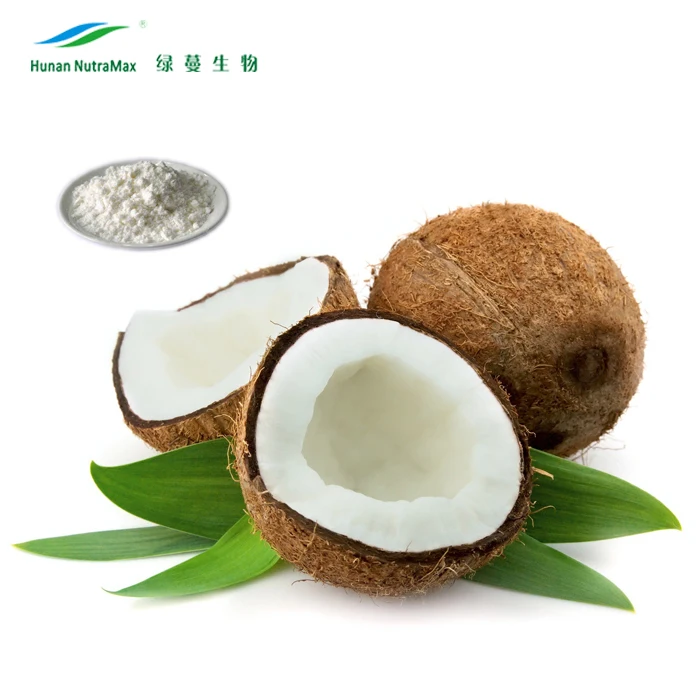 4 5 Choose cans and plastic containers marked with a BPA-free label—and opt for unsweetened products with no added ingredients.
4 5 Choose cans and plastic containers marked with a BPA-free label—and opt for unsweetened products with no added ingredients.
If you are not familiar with the brands, knowing what to expect when opening a container is a bit of a guessing game because there are no global standards to regulate how the products are labeled. As always, read the fine print on the label, choose products with the fewest added ingredients, and pay attention to a recipe’s instructions. Recipes often specify a specific brand and/or the type of coconut product, i.e. “full-fat unsweetened coconut milk” or “lite coconut milk” or “unsweetened coconut milk beverage”.
Coconut yogurt is a popular dairy-free alternative but tends to be low in protein, which is not ideal for babies. (Soy-based yogurt would offer more protein, just make sure you buy an unsweetened.) If soy yogurt is not possible and you are set on buying coconut yogurt, purchase products that are unsweetened and fortified with calcium and vitamin D.
★Tip: Unopened containers of coconut cream and coconut milk have a long shelf life—two years or more depending on the product. Once a container has been opened, store (ideally in a glass jar) in the fridge and use within 4 days if canned or 1 week if boxed. Alternatively, freeze it in a sealed container for up to 3 months.
Is coconut milk a common choking hazard for babies?
No. Coconut milk is not a common choking hazard, though infants can choke on liquid. As always, make sure to create a safe eating environment, to stay within an arm’s reach of a baby during mealtime, and to check out our age-appropriate serving suggestions.
For more information, visit our section on gagging and choking and familiarize yourself with common choking hazards.
Is coconut milk a common allergen?
Yes and no. While coconut is technically a fruit, the United States Food & Drug Administration classifies coconut as a tree nut, even though coconut allergy is rare.6 7 However, in the rare cases where coconut allergy does exist, it has been associated with severe reactions.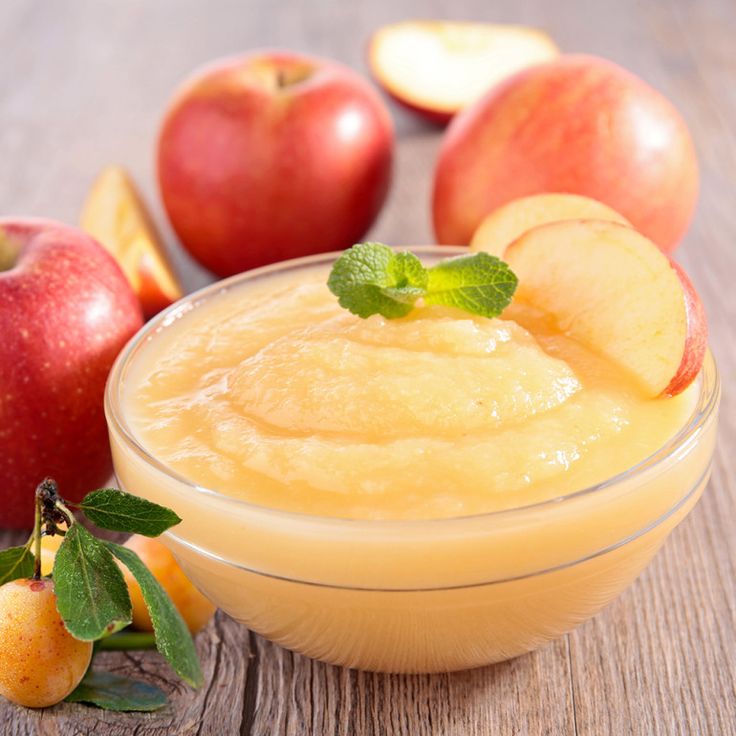 8 Of note, coconut is often preserved with sulfites, which may trigger a reaction with symptoms that mimic anaphylaxis.9 10 Children with asthma may be most susceptible to sulfite sensitivity.11
8 Of note, coconut is often preserved with sulfites, which may trigger a reaction with symptoms that mimic anaphylaxis.9 10 Children with asthma may be most susceptible to sulfite sensitivity.11
Some organizations advise that individuals with tree nut allergies avoid coconut while simultaneously acknowledging that coconut can be safely consumed by most individuals with tree nut allergies.12 In the small number of documented coconut allergies, most were not allergic to tree nuts.13
As you would when introducing any new food, start by offering a small quantity for the first few times. If there is no adverse reaction, gradually increase the quantity over future meals.
How to prepare coconut milk for babies with baby-led weaning?
Every baby develops on their own timeline, and the suggestions on how to cut or prepare particular foods are generalizations for a broad audience. Your child is an individual and may have needs or considerations beyond generally accepted practices.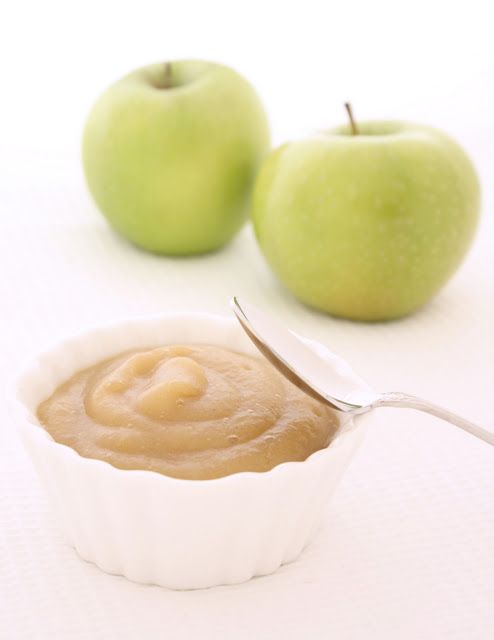 In determining the recommendations for size and shape of foods, we use the best available scientific information regarding gross, fine, and oral motor development to minimize choking risk. The preparation suggestions we offer are for informational purposes only and are not a substitute for child-specific, one-on-one advice from your pediatric medical or health professional or provider. It is impossible to fully eliminate all risk of a baby or child choking on any liquid, puree, or food. We advise you to follow all safety protocols we suggest to create a safe eating environment and to make educated choices for your child regarding their specific needs. Never disregard professional medical advice or delay in seeking it because of something you have read or seen here.
In determining the recommendations for size and shape of foods, we use the best available scientific information regarding gross, fine, and oral motor development to minimize choking risk. The preparation suggestions we offer are for informational purposes only and are not a substitute for child-specific, one-on-one advice from your pediatric medical or health professional or provider. It is impossible to fully eliminate all risk of a baby or child choking on any liquid, puree, or food. We advise you to follow all safety protocols we suggest to create a safe eating environment and to make educated choices for your child regarding their specific needs. Never disregard professional medical advice or delay in seeking it because of something you have read or seen here.
6 to 12 months old: Hold off on serving coconut milk as a drink and instead use unsweetened coconut milk or coconut cream as a base for oatmeal, rice, and warm cereals, taking care to thoroughly mix until smooth. You may also try adding a splash of coconut milk to loosen mashed fruits and vegetables to boost fat content.
You may also try adding a splash of coconut milk to loosen mashed fruits and vegetables to boost fat content.
12 to 18 months old: Use unsweetened coconut cream and coconut milk in your cooking. You may also encourage drinking skills by serving a small quantity of unsweetened coconut milk beverage. If you are up for a kitchen project, make fresh coconut milk by soaking in hot water either dried coconut flakes or the grated the meat of a whole coconut, then pressing through a fine-mesh colander to extract the milk.
18 to 24 months old: Smoothie time! Use unsweetened coconut cream or coconut milk liberally in smoothie recipes to boost fat and continue to cook with it as desired.
For more information on how to cut food for babies, visit our page on Food Sizes & Shapes.
The solids and liquids often separate in canned coconut milk. To combine, simply transfer all contents from the can to a Mason jar, screw on the lid, and shake vigorously.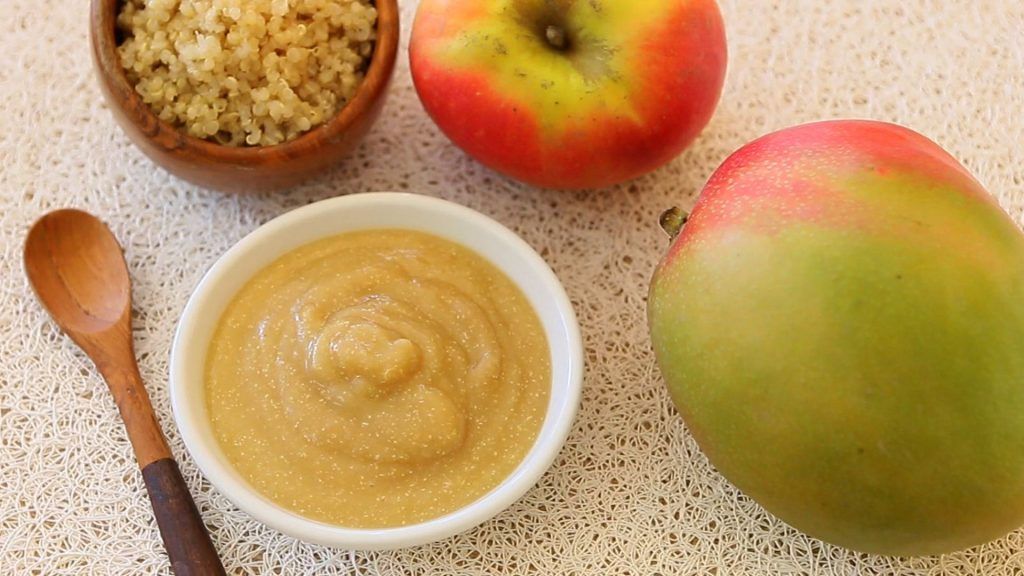 Use the amount called for in a recipe, then use the glass jar as the container to store the milk in the fridge.
Use the amount called for in a recipe, then use the glass jar as the container to store the milk in the fridge.
Recipe: Coconut Root Veggie Mash
Yield: 1 child-sized serving
Time: 30 minutes
Ingredients
- 1-2 medium beets, plantains, purple potatoes, yams, or starchy vegetable of choice
- 1/2 cup unsweetened full-fat coconut milk or cream (from a can with a BPA-free label)
- 1 pinch ground coriander, ginger, or spice of choice (optional)
- 1 lime wedge (optional)
Directions
- Wash the vegetables, then peel and discard the skin. Chop the vegetable into chunks.
- Place in a steamer basket. Add 1 cup of water to the pot. Cover and place on high heat.
- Steam until the vegetable chunks are soft and easily pierced with a tip of a knife, between 10 and 20 minutes depending on their size.
- Transfer the steamed vegetables to a mixing bowl. Add the coconut milk or cream and the spices and the juice of the lime wedge if you’d like to add extra flavor.

- Mash and mix until the mixture is mostly smooth. A little texture is okay as long as there are no clumps. Add more coconut milk or cream if the mixture is too thick. Let the mixture cool to room temperature before serving.
To Serve: Scoop ½ cup or more of the coconut mash into a baby bowl. Portion size if variable; let a baby’s appetite determine how much is eaten. Stick a baby spoon in the mash and encourage the child to self-feed with hands or use the utensil. You can help with utensil practice by pre-loading the spoon and passing it in the air to the baby.
To Store: Mashed vegetables with coconut milk or cream keep in an air-tight container in the fridge for up to 3 days.
This recipe contains coconut, which is classified as an allergen. Only serve to a child after coconut has been safely introduced.
Flavor Pairings
Coconut is mildly earthy and slightly sweet with a distinctive aroma of fresh fruit, toasted nuts, and vanilla. Coconut pairs well with fellow tropical fruits and vegetables like banana, cassava (yuca), mango, papaya, passion fruit, pineapple, and plantain, but tastes just delicious with produce from cooler climates like beet, blueberry, cabbage, carrot, peach, raspberry, and strawberry. It also works well as a flavor enhancer for chicken, egg, fish, pork, and other hearty proteins. Brighten the creaminess of coconut by seasoning with fresh herbs like basil, dill, lemongrass, makrut lime leaves, and mint; citrus like calamansi, lime, or orange; or dried spices like anise, cardamom, cinnamon, coriander, cumin, pepper, or turmeric.
Coconut pairs well with fellow tropical fruits and vegetables like banana, cassava (yuca), mango, papaya, passion fruit, pineapple, and plantain, but tastes just delicious with produce from cooler climates like beet, blueberry, cabbage, carrot, peach, raspberry, and strawberry. It also works well as a flavor enhancer for chicken, egg, fish, pork, and other hearty proteins. Brighten the creaminess of coconut by seasoning with fresh herbs like basil, dill, lemongrass, makrut lime leaves, and mint; citrus like calamansi, lime, or orange; or dried spices like anise, cardamom, cinnamon, coriander, cumin, pepper, or turmeric.
Reviewed by
J. Truppi, MSN, CNS
V. Kalami, MNSP, RD
K. Grenawitzke, OTD, OTR/L, SCFES, IBCLC, CNT
S. Bajowala, MD, FAAAAI. (allergy section)
R. Ruiz, MD Board-Certified General Pediatrician and Pediatric Gastroenterologist
- American Academy of Pediatrics. Infant Food and Feeding.
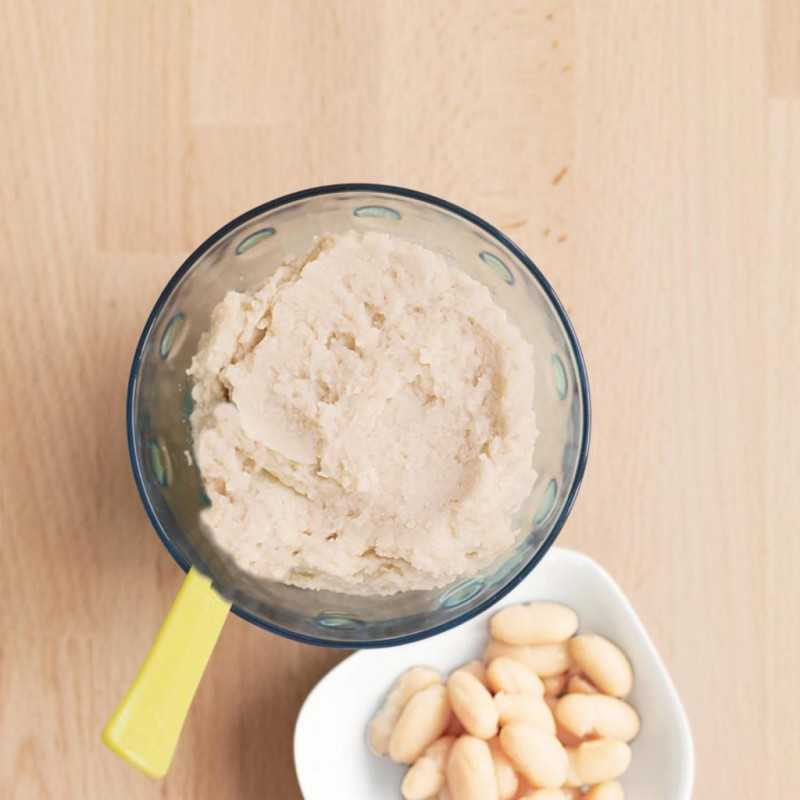 Retrieved December 21, 2020
Retrieved December 21, 2020 - You, Y.Q., Ling, P.R., Qu, J. Z., Bistrian, B. R. (2008). Effects of medium-chain triglycerides, long-chain triglycerides, or 2-monododecanoin on fatty acid composition in the portal vein, intestinal lymph, and systemic circulation in rats. JPEN. Journal of parenteral and enteral nutrition, 32(2), 169–175. DOI:10.1177/0148607108314758. Retrieved December 21, 2020
- Amarasiri, W.A., Dissanayake, A.S. (2006). Coconut fats. Ceylon Medical Journal, 51(2):47-51. DOI:10.4038/cmj.v51i2.1351. Retrieved December 21, 2020
- Braun, J.M. (2017). Early-life exposure to EDCs: role in childhood obesity and neurodevelopment. Nature Reviews Endocrinology, 13(3):161-173. DOI:10.1038/nrendo.2016.186. Retrieved October 13, 2020
- Pjanic, M. (2017). The role of polycarbonate monomer bisphenol-A in insulin resistance. PeerJ, 13;5:e3809. DOI: 10.7717/peerj.3809. Retrieved January 5, 2021
- U.S. Food & Drug Administration. FDA Basics for Industry: Section 201(qq).
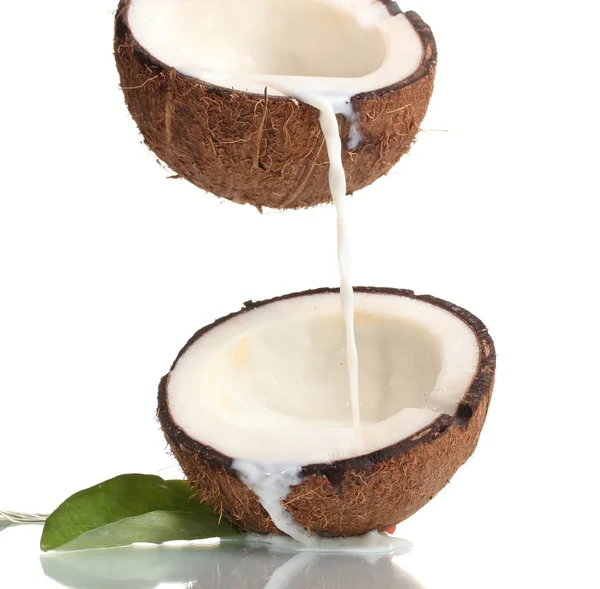 Retrieved December 22, 2020
Retrieved December 22, 2020 - Anagnostou, K. (2017). Coconut Allergy Revisited. Children (Basel, Switzerland), 4(10), 85. DOI:10.3390/children4100085. Retrieved December 21, 2020
- Anagnostou, Katherine. “Coconut Allergy Revisited.” Children (Basel, Switzerland) vol. 4,10 85. 29 Sep. 2017, doi:10.3390/children4100085
- Bold J. (2012). Considerations for the diagnosis and management of sulphite sensitivity. Gastroenterology and hepatology from bed to bench, 5(1), 3–6. Retrieved January 5, 2021
- Vally, H., Misso, N.L. (2012). Adverse reactions to the sulphite additives. Gastroenterology and hepatology from bed to bench, 5(1), 16–23. Retrieved January 5, 2021
- Vally, H., Misso, N.L. (2012). Adverse reactions to the sulphite additives. Gastroenterology and hepatology from bed to bench, 5(1), 16–23. Retrieved January 5, 2021
- Food Allergy Research & Education. Tree Nut Allergy. Retrieved December 22, 2020
- Food Allergy Research & Education.
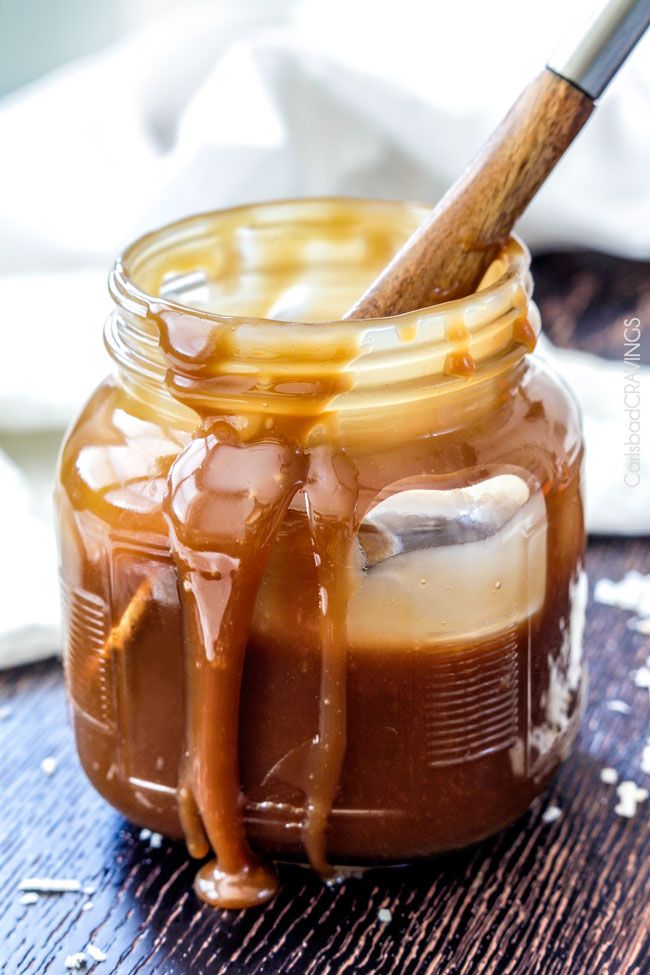 Tree Nut Allergy. Retrieved December 22, 2020
Tree Nut Allergy. Retrieved December 22, 2020
Coconut oil in infant formula benefits or
The media often talk about the dangers and benefits of different types of fats, urging parents to be more attentive to the nutrition they offer their crumbs. Among the vegetable oils added to baby food, coconut is also present. Is it harmful to babies and why is it added to the mixture? Can it be given to a baby who is receiving complementary foods? Let's figure it out.
What are they made of?
Coconut is the oil that is extracted from the fruit of the coconut. To obtain it, both hot pressing (more often) and cold pressing are used. In the second case, the processing of nuts is more gentle, so it contains more useful components, but such a product is more expensive.
"Extra Virgin" only means that the product is obtained by first pressing, one of the options for which may be heating. The inscription confirming that coconut oil was obtained using cold pressing is “first cold press” or “cold press”.
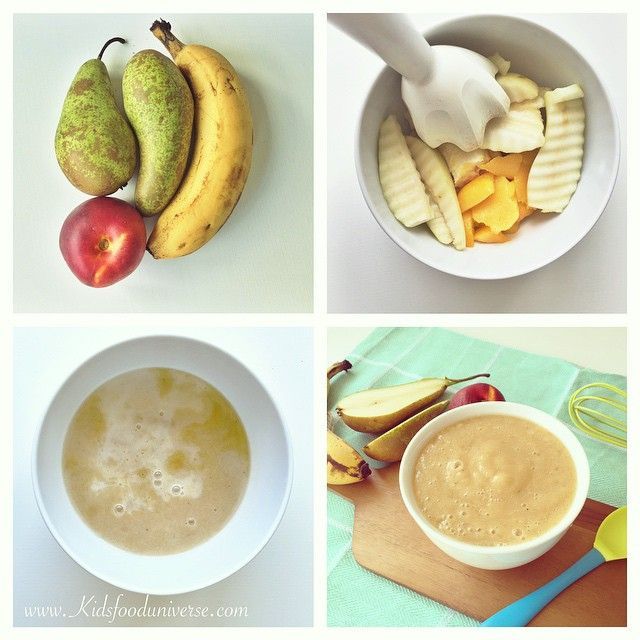
Benefits
- In addition to valuable fatty acids, it contains many vitamins, iron, calcium and other minerals.
- The use of this oil helps to eliminate food allergies.
- Thanks to the content of medium chain fats, it helps digestion and improves the absorption of minerals and vitamins.
- It has properties to strengthen the immune system, reduce inflammation, resist fungi and bacteria.
- It is a good prophylactic for many diseases.
Harm
- Allergic reactions may occur.
- Excess consumption of can impair the functioning of the gastrointestinal tract and adversely affect the heart due to the high content of saturated fatty acids. If you use the oil within the normal range, the child will not have such side effects.
Features
- At a temperature of +25 degrees, coconut oil melts and becomes transparent. At lower temperatures it is a whitish solid.
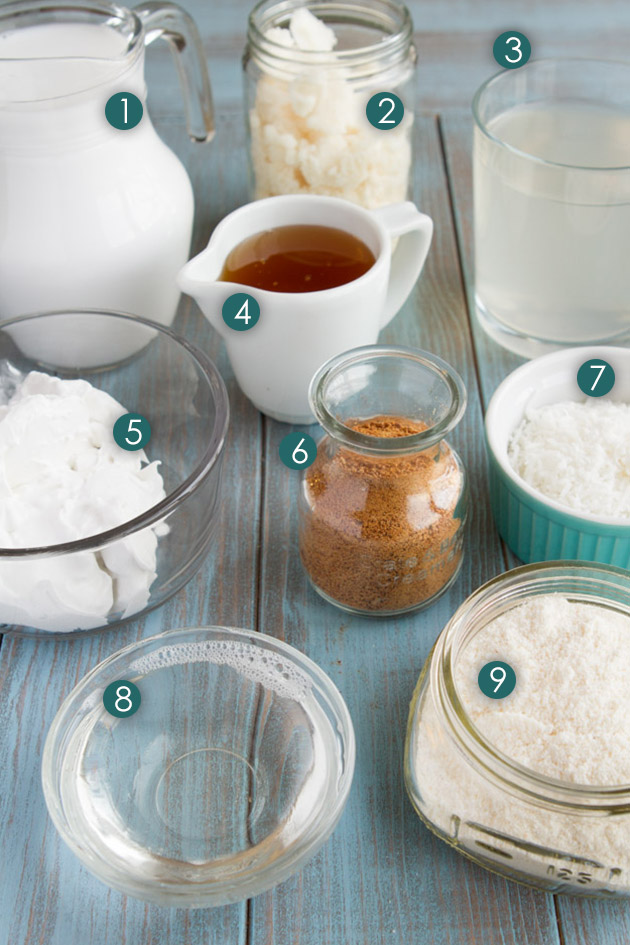
- Due to the presence of saturated fatty acids in the composition, this product oxidizes little and has a long shelf life.
- The production does not use different chemical additives, so this product is completely natural.
Formula
The addition of coconut oil to infant formula is due to the presence of palmitic acid in the product. This acid is found in breast milk and should be present in the baby's diet. It is often substituted for palm oil in infant formula, which has many side effects.
Coconut oil is also a source of medium chain triglycerides. These fats are perfectly absorbed by the child, without burdening the pancreas, since they begin to break down even in the oral cavity. This property is important for organizing the nutrition of premature babies and babies who have diseases of the digestive tract.
Another advantage of adding it to the mixture is the presence of lauric acid, which has antiviral, antibacterial and antifungal effects.
Use and addition to children's meals
It can be used in the preparation of complementary foods as a healthy alternative to butter or any vegetable oil. When heated, it does not emit harmful substances, so it is often recommended for frying.
Coconut oil can be added to sweet pastries for children and cottage cheese casseroles. It can also be spread on bread or added to cereals. For baking, they are advised to replace margarine and butter, taking it 75% of the volume indicated in the recipe.
Source
The composition of baby food is always very exciting for every mother. The components almost always do not differ from each other, the basis is always milk, the diet also contains oils, vitamins, microelements, which are so important for a growing organism.
Oils are added to baby food, trying to bring its composition closer to women's breast milk. What oils are in baby food ?
Usually palm, rapeseed, coconut, soybean and sunflower oils in varying doses. The harm and benefits of palm oil are described by us in this article, and rapeseed oil in this one.
The harm and benefits of palm oil are described by us in this article, and rapeseed oil in this one.
Here we will look at how other oils are useful and harmful for babies - coconut, soybean and sunflower .
Coconut oil in baby food
Soybean oil in baby food
High oleic sunflower oil in baby food
Coconut oil in baby food
other oils, preferably cold pressed. Cold-pressed coconut oil retains more useful elements, but also costs more.Coconut oil in infant formula is a source of medium chain triglycerides, which are needed by the baby's body, as they function as carbohydrates. They are well absorbed, do not burden the pancreas and serve as a source of energy, improve digestion and have a beneficial effect on the baby's intestinal tract.
Also indispensable for the baby palmitic acid is found in coconut oil. It is very important for the development of the child's body, and in addition to breast milk and coconut oil, it is also found only in palm oil.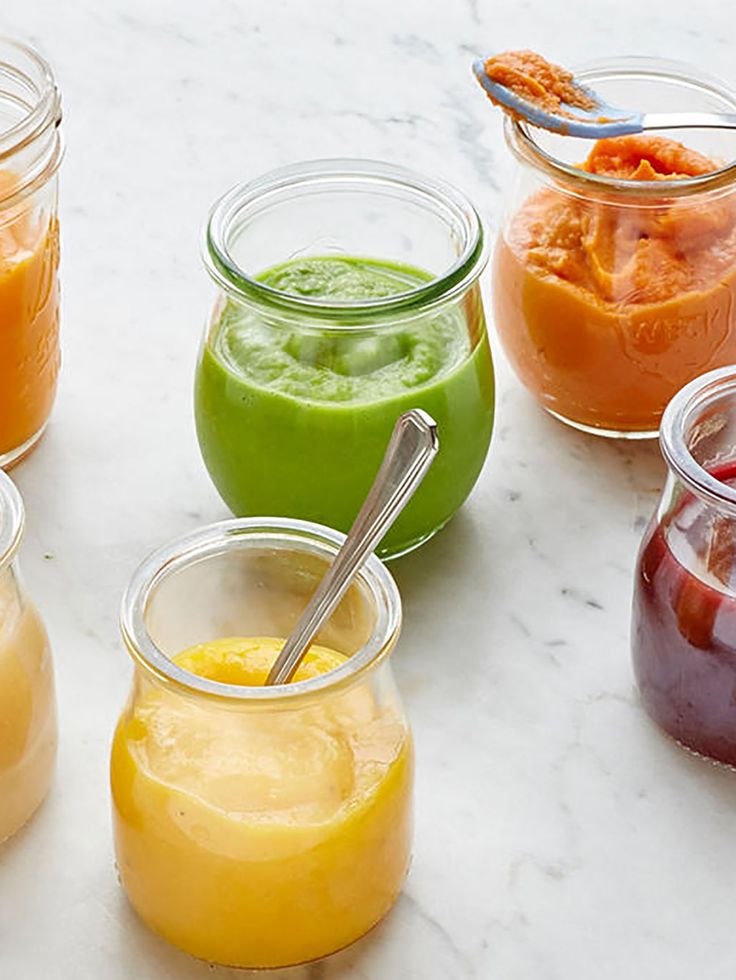 Some baby food manufacturers are replacing palm oil with coconut oil to avoid problems with palm oil, as it can be harmful to children's bodies.
Some baby food manufacturers are replacing palm oil with coconut oil to avoid problems with palm oil, as it can be harmful to children's bodies.
Which acids are in coconut oil:
Lauric is a natural antiseptic, has an antibacterial effect. A very valuable component, it is also found in palm oil.
Oleic - prevents the deposition of fats and promotes their faster burning.
Palmitic - essential for cell renewal and health.
Caprylic, myristic, capric and stearic acids - their content in coconut oil is 30%. Their beneficial properties resonate with the properties of the above acids.
Due to the presence of these acids, coconut oil is often used as a prophylactic.
Of the trace elements, coconut oil contains iron and calcium.
It is able to extend the shelf life of food, as it oxidizes slowly, in addition, there are no chemicals or harmful substances in the composition of coconut oil - it is completely natural.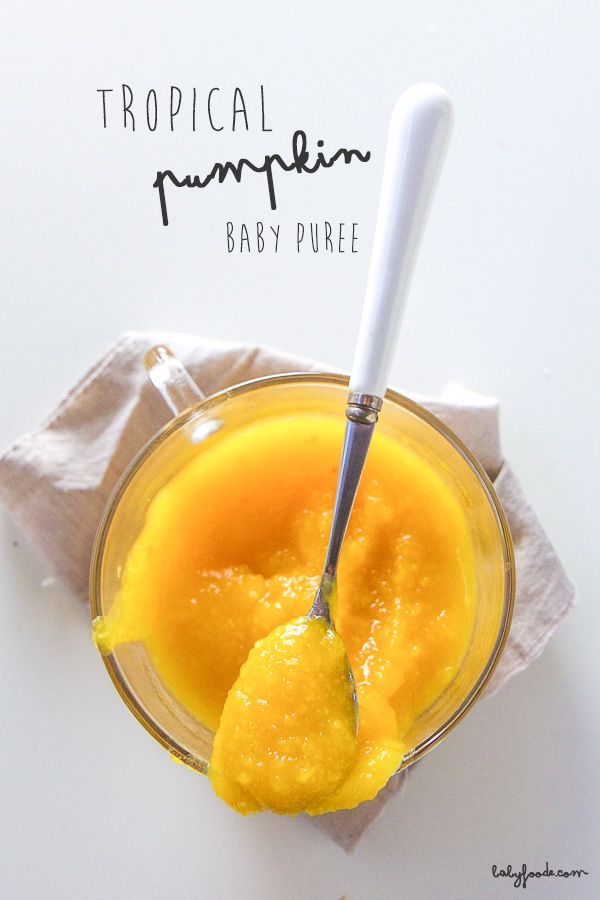
Coconut oil damage:
- Large amount of medium chain fats in the oil may adversely affect the work of the heart . But in baby food, all components are balanced, there is no need to be afraid that the baby will have an overdose of triglycerides if he eats a mixture with coconut oil.
- Coconut oil can cause allergies so you need to carefully monitor your child's reaction to a new food if you decide to switch to a diet with coconut oil from another.
Coconut oil can and should even be used in baby food - it is the best alternative to butter and vegetable oil. It is more suitable for frying, as it begins to "smoke" at a very high temperature - about + 250C. This oil can be put in cereals, smeared on bread, it is just as versatile as the butter that we are so used to.
Soybean oil in baby food
Soybean oil is obtained from soybean seeds by chemical extraction or mechanical pressing. Pressing is more preferable, since there are no chemical additives left in such an oil (and there are simply no initially).
Pressing is more preferable, since there are no chemical additives left in such an oil (and there are simply no initially).
Soybean oil very high-calorie - 900 kcal per 100 grams.
The composition of soybean oil includes sodium, magnesium, iron, zinc, phosphorus, lecithin, linoleic, oleic and stearic acids, as well as vitamins C and E. Vitamin E or tocopherol takes an active part in the body's metabolic processes and helps protein synthesis.
In addition to baby food, soybean oil is widely used in cosmetology, cooking, and homeopathy.
Soybean oil in baby food is an indispensable source of phospholipids, thanks to acids it helps skin cells regenerate faster, strengthens the nervous system, improves immunity, normalizes metabolic processes in the body, and helps the digestive tract.
Soybean oil helps in the prevention of cardiovascular diseases, atherosclerosis, oncology.
Many doctors even advise pregnant women to eat soybean oil , so it begins to make its beneficial contribution to the growing body of the baby even at the level of intrauterine development.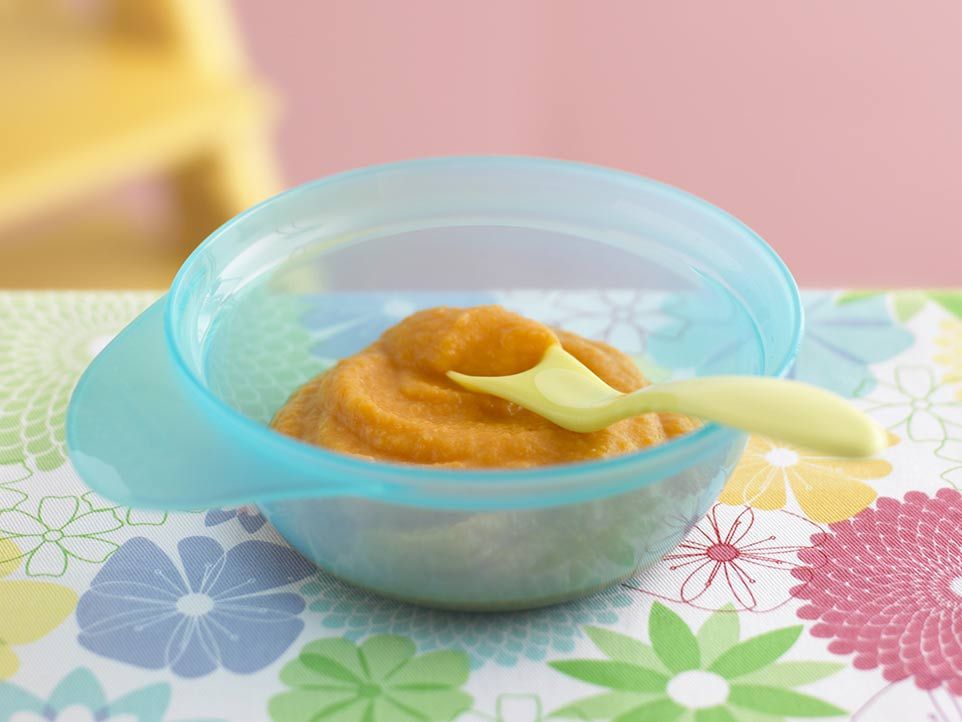
Harmful soybean oil:
- May cause allergies, so it should be introduced into the diet with caution.
- Mothers whose babies have been diagnosed with malnutrition should consult a pediatrician.
- Premature babies may show a negative reaction to soybean oil. The fact is that premature babies have an undeveloped gastrointestinal tract and the acids in its composition may be too “heavy” for the intestines and stomach of the baby.
High oleic sunflower oil in baby food
First, why is sunflower oil also called high oleic in baby food?
Yes, because the content of oleic acid, which is part of the Omega-9 acid complex, is increased in its composition.
Oleic acid is a natural antioxidant, it prevents the body from accumulating cholesterol and clogging blood vessels, lowers the level of lipoproteins, as well as blood sugar levels, prevents blood clots and cancer.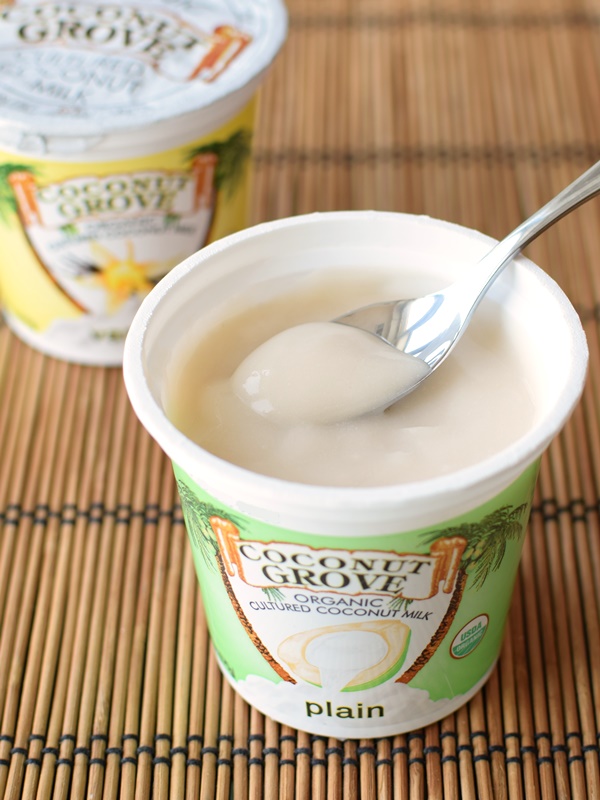
In addition to oleic acid, this oil contains a lot of stearic and palmitic acids, as well as lecithin, which is the main source of triglycerides.
Vitamins A and E in this oil have a beneficial effect on the skin and vision, prevent eye and skin diseases.
High oleic sunflower oil due to its composition helps prevent cardiovascular and blood diseases.
High oleic sunflower oil in baby food is a rich source of vitamins and fatty acids, it is very good for constipation by regulating intestinal motility.
High oleic oil has not been officially confirmed anywhere. In any case, it is contained in baby food exactly as much as needed, Russian baby food quality standards will never allow any harmful component to get into the mixture.
However, for adults, this oil can be dangerous if a person has diabetes - it can cause an overdose of fats in the body and increase insulin levels.
Like any natural ingredient, sunflower oil can cause an elementary allergy.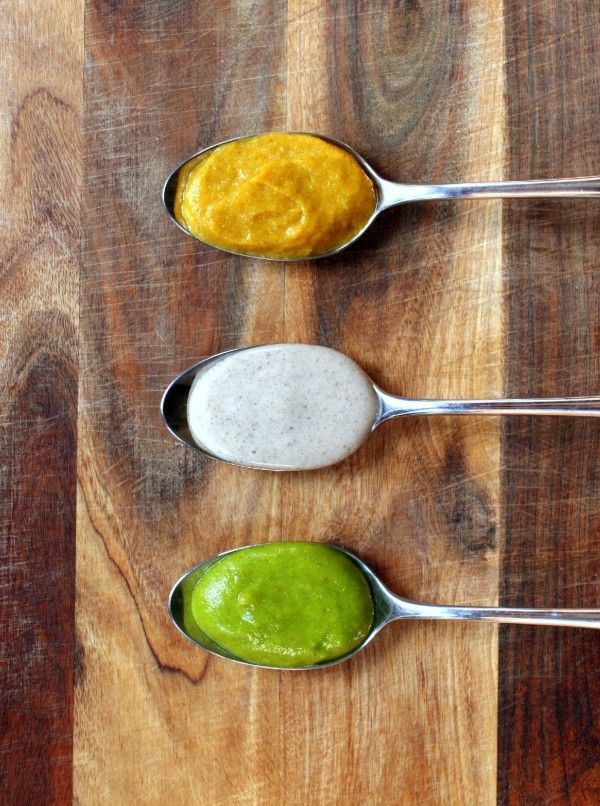 Be careful!
Be careful!
So, it's all about what oils are in baby food. Read our other articles.
Source
Photo bank Lori
The conference “Fats in Modern Infant Formula: Myths and Reality” ended in Moscow, where scientists studied the benefits and harms of palm oil.
Why does a baby need fat?
Happy is the baby who feeds on breast milk. Mother's milk is a unique product that contains everything necessary for the harmonious growth and development of the child. In addition to vitamins and minerals, it contains more than a dozen fatty acids: capric, linoleic, lauric, stearic, linolenic, myristic, oleic, palmitic or hexadecanoic.
Many mixtures with palm oil, I think it is processed in some special way, so it is not harmful for children. And in other mixtures, if there is no palm oil, then there is coconut or some other.
A quarter of all fats in breast milk is palmitic acid. Fats are very important for a child's development. So, a newborn and an infant up to 3 months of life should receive 49.1% fat, 43.6% carbohydrates and 7.4% proteins. By the age of 1.5-2 years, fats normally make up about 60% of the dry weight of the brain in a child. “Fats are not only an important source of energy, but also one of the main components of cells. The ideal food for a baby is breast milk, which contains all the fats and fatty acids necessary for him in the optimal ratio,” says Natalya Shilina, Leading Researcher at the Baby Nutrition Department of the Research Institute of Nutrition of the Russian Academy of Medical Sciences.
So, a newborn and an infant up to 3 months of life should receive 49.1% fat, 43.6% carbohydrates and 7.4% proteins. By the age of 1.5-2 years, fats normally make up about 60% of the dry weight of the brain in a child. “Fats are not only an important source of energy, but also one of the main components of cells. The ideal food for a baby is breast milk, which contains all the fats and fatty acids necessary for him in the optimal ratio,” says Natalya Shilina, Leading Researcher at the Baby Nutrition Department of the Research Institute of Nutrition of the Russian Academy of Medical Sciences.
Not all fatty acids can be synthesized in a woman's body. For example, α-linolenic acid is not produced by the body. It can be replenished by using rapeseed oil, soybean and flaxseed. By the way, it was linseed oil that was the most popular vegetable oil in Russia. According to experts, in pre-revolutionary Russia, 40% of all oil was linseed.
Therefore, it is so important to monitor the quality, balanced and healthy nutrition of a nursing mother.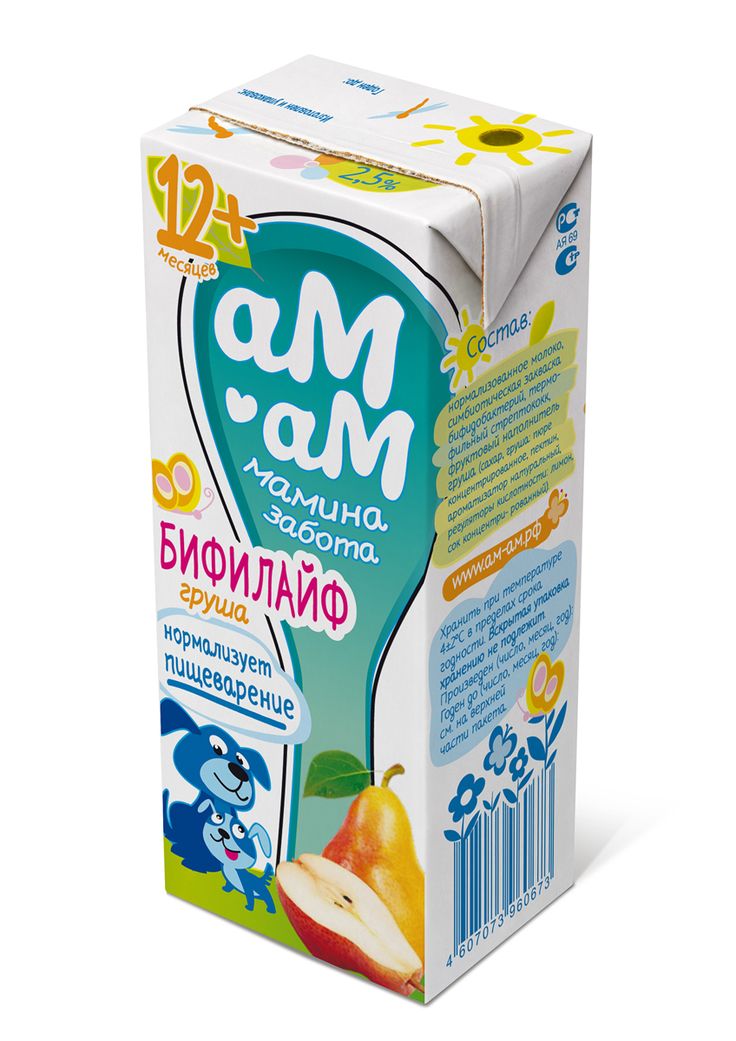 The usefulness of breast milk directly depends on the diet of a young mother. Moreover, you can take care of the quality of mother's milk not only after childbirth, but also during pregnancy. It is believed, for example, that eating fatty fish at least once a week saturates milk with hexadecanoic acid.
The usefulness of breast milk directly depends on the diet of a young mother. Moreover, you can take care of the quality of mother's milk not only after childbirth, but also during pregnancy. It is believed, for example, that eating fatty fish at least once a week saturates milk with hexadecanoic acid.
What are mother's milk substitutes?
But what about babies who, for one reason or another, the mother cannot breastfeed? After all, these children also need full development in accordance with age. For these babies, breast milk substitutes have been created, for which scientists have tried to create nutrition adapted for babies as close as possible to mother's milk. “The composition of modern infant formulas includes a combination of vegetable oils (sunflower, corn, soybean, rapeseed, palm, etc.) and milk fat, which brings the fat component of the mixtures closer to the fatty acid composition of breast milk,” explains Natalya Shilina.
Fanned a worldwide catastrophe out of this palm oil.
There is nothing terrible in it. By the way, there is no palm oil in Similac, but there is coconut oil. Big difference? It is present in all mixtures. No child has yet died from it.
With the advent of new, improved diagnostic equipment, researchers are identifying more and more unique substances found in breast milk. Therefore, children's artificial mixtures are constantly being finalized and improved.
Vladimir Bessonov, Head of the Food Chemistry Laboratory of the Research Institute of Nutrition of the Russian Academy of Medical Sciences, spoke about the advisability of using vegetable fats in artificial formulas: Legislation allows the complete replacement of dairy fats with vegetable fats. Contrary to popular belief, they are recognized as safe for the baby, since modern infant formulas use only edible vegetable oils or their fractions, specially selected so that they are as close as possible to the “ideal fat” for the baby. In this form, the fat component is both useful and easily digestible.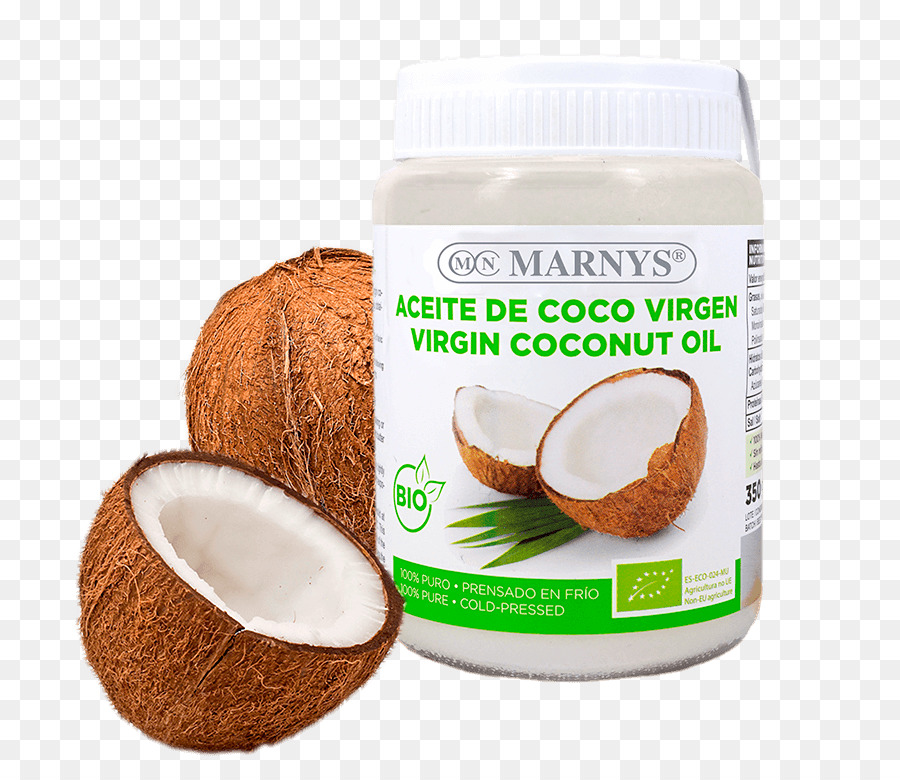 In this, children's products are strikingly different from adults, since practically no one is engaged in the creation of balanced fatty products in Russia. So parents don't have to worry about the words "vegetable fats" or "palm oil" on the packaging of infant formula, because they are included in the product to help the baby develop fully.
In this, children's products are strikingly different from adults, since practically no one is engaged in the creation of balanced fatty products in Russia. So parents don't have to worry about the words "vegetable fats" or "palm oil" on the packaging of infant formula, because they are included in the product to help the baby develop fully.
Cow's milk or infant formula?
Some parents who have doubts about the safety of infant formula prefer to feed their babies cow's or even goat's milk the old fashioned way. Surprisingly, scientists insist that breast milk substitutes are absorbed more efficiently than any animal milk. Only artificial mixtures contain the proportion of “ingredients” important for the development of the child as close as possible to breast milk.
Cow's milk, for example, is generally not suitable for breastfeeding. Let's compare the ratio of saturated and unsaturated fats: in cow's milk, saturated fats are 45.8%, and unsaturated fats are 28.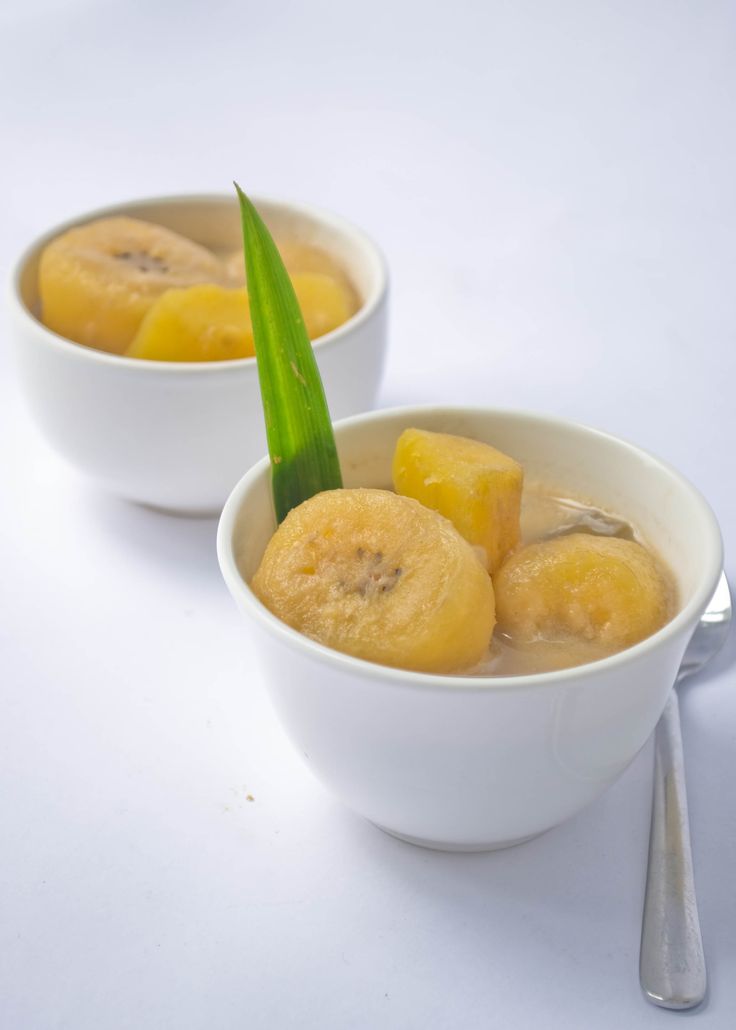 65%. Whereas in breast milk 33.69% saturated fat and 47.57% unsaturated.
65%. Whereas in breast milk 33.69% saturated fat and 47.57% unsaturated.
Myths about palm oil
• Palm oil is said to be unhealthy. Interestingly, however, it began to be eaten more than 5,000 years ago during the time of the pharaohs. Olive oil, which has gained popularity among modern housewives, was “born” later, as, indeed, its closest competitor, sunflower oil. By the way, in terms of the concentration of substances useful for the baby, olive occupies a rather modest place in the ranking.
• Palm oil is said to be indigestible by the human body. The digestibility rate of palm oil is 95.8%. In milk fat, this figure is 90.7%.
• Palm oil is said to be widely used in nutrition due to its low cost in the market. In relation to baby food, this statement is unfounded. Experts say that with a relatively inexpensive cost of raw materials, after technological processing - and for artificial mixtures not palm oil, but palmitic acid is used - and transportation costs, the product becomes on the same price line as sunflower oil. Why, in this case, not to use our native sunflower, inquisitive readers will ask? The answer is simple: because sunflower oil contains very little palmitic acid.
Why, in this case, not to use our native sunflower, inquisitive readers will ask? The answer is simple: because sunflower oil contains very little palmitic acid.
• Palm oil is said to be banned in Europe. It is not true. The lack of mention of palm oil in the composition of artificial infant formula is entirely due to the peculiarities of the technical regulations for this product. Imported packages of breast milk substitutes are labeled "vegetable oil". However, as early as next year, tightening will come into force in European countries, requiring the manufacturer to decipher which of the vegetable oils is used. Russian experts, who carefully monitor and study the latest developments in the composition of infant formulas, are confident that palm oil will appear in the product.
Of course, the use of palm oil in infant formula is still controversial. And the responsibility for choosing an artificial mixture lies entirely with the parents. It is important, however, when choosing to be guided not by rumors or advertising, but by scientific justification.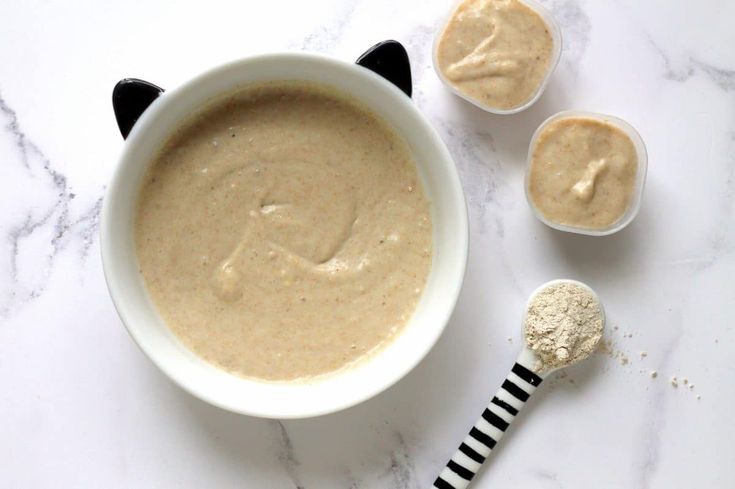
Found an error? Select it and press Ctrl+Enter.
Source
A friend advised her to feed her baby with Similak formula without palm oil (she lives in Israel and was recommended to her by her pediatrician). I found the only article on the Internet that explains the harm of palm oil in infant formula. Maybe someone will be interested ...
Feeding in the first year of life is widely discussed and often very loud, especially when it comes to artificial feeding.
But, in fact, this such an extensive topic comes down to one most important point: if for some reason I had to give up breastfeeding, how to choose a mixture that will provide the baby with all the substances necessary for normal growth and development? Let's try to figure it out.
Looking for the best
How can a mother navigate the variety of brands and manufacturers of baby food, which option to choose from an incredible assortment? First of all, you need to form your own idea of the problem by talking with a pediatrician, as well as collecting information about the manufacturer (it's great if the company producing the mixture has a serious scientific base or research laboratory). Then, following the recommendations of the pediatrician, it is worth deciding which mixture you will feed the crumbs - ready-to-eat or dry (available in the form of a powder that must be dissolved before use), usual for healthy children or specialized. But in any case, it is necessary that the mixture is adapted. What does it mean? Most of these mixtures are made on the basis of cow's milk, which is subjected to heat treatment. This is done in order to change the composition of natural milk and make it optimal for baby food. Thus, the mixtures regulate the content and quality of proteins, fats and carbohydrates, as well as saturated and unsaturated fatty acids, nucleotides, prebiotics, vitamins, minerals and other components vital to the baby. Only adapted mixtures provide the baby with growth and development comparable to those of children who are breastfed.
Then, following the recommendations of the pediatrician, it is worth deciding which mixture you will feed the crumbs - ready-to-eat or dry (available in the form of a powder that must be dissolved before use), usual for healthy children or specialized. But in any case, it is necessary that the mixture is adapted. What does it mean? Most of these mixtures are made on the basis of cow's milk, which is subjected to heat treatment. This is done in order to change the composition of natural milk and make it optimal for baby food. Thus, the mixtures regulate the content and quality of proteins, fats and carbohydrates, as well as saturated and unsaturated fatty acids, nucleotides, prebiotics, vitamins, minerals and other components vital to the baby. Only adapted mixtures provide the baby with growth and development comparable to those of children who are breastfed.
About oils
All baby formulas contain vitamins, calcium and other useful components. But are these substances equally well absorbed by the child's body? Unfortunately, most blends contain palm oil.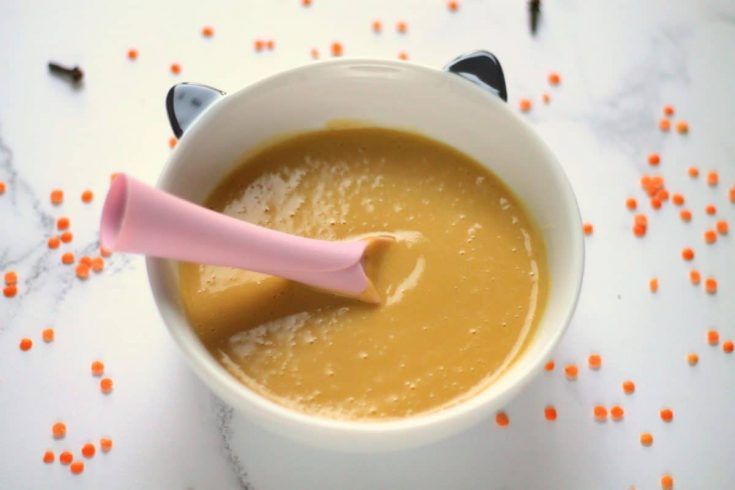 The cheapest of all vegetable oils, according to experts, this oil is completely unsuitable for baby food. Suffice it to say that it is mainly used in the food industry only for frying some products - no more!
The cheapest of all vegetable oils, according to experts, this oil is completely unsuitable for baby food. Suffice it to say that it is mainly used in the food industry only for frying some products - no more!
Palm oil fats have been proven to be poorly digestible. Palmitic acid, contained in palm oil, binds to calcium in the intestines, forming insoluble compounds (salts and soaps), which reduces the concentration of free calcium and interferes with its normal absorption. It turns out that a child who is fed a mixture with palm oil is deficient in calcium, not because it is not enough, but because this ingredient interferes with its absorption. Meanwhile, calcium is vital for a baby for harmonious growth, healthy teeth and bone mineralization, on which their strength depends both now and in the future. In addition, since palm oil leads to the formation of insoluble compounds, mixtures based on it cause harder stools, lead to constipation and disruption of the child's gastrointestinal tract.
Considering all of the above, it becomes clear why it is better to give preference to mixtures without palm oil. It is much better if there is a balanced mixture of vegetable fats in baby food. In particular, Similac, from Abbott Laboratories, one of the few pharmaceutical companies that makes baby food, is the only formula that does not contain palm oil.
Its unique recipe is based on a combination of soybean, coconut and safflower oils, which provide the child's body with the fats necessary for the harmonious growth and development of crumbs, promote easier calcium absorption and bone mineralization. The mixture "Similak" provides babies with comfortable digestion, supports the development of the brain and vision of the child, strengthens his immunity and promotes healthy growth, which is so important for babies in the first year of life.
Source
Useful properties of coconut for the human body
We are huge lovers of everything that coconut gives us.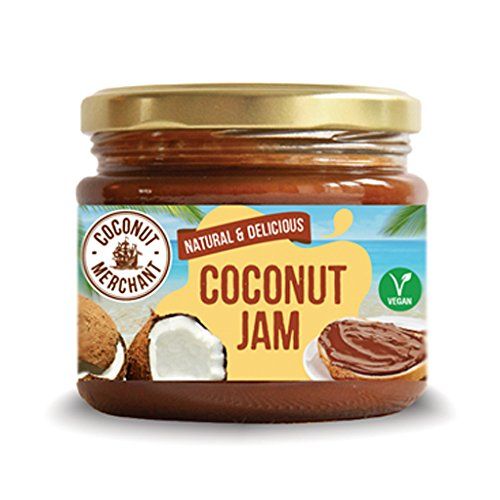 This southern fruit is essential for us, the inhabitants of the northern and central territories. Therefore, in our store we try to embrace different types of it.
This southern fruit is essential for us, the inhabitants of the northern and central territories. Therefore, in our store we try to embrace different types of it.
Can I fry with coconut oil?
Unrefined coconut oil is one of the most valuable products from this fruit in cooking. Its main property is a high boiling point. It is thanks to this property that when frying and heating, this oil does not create carcinogens and does not accumulate an insane amount of harmful substances in our body. Of course, out of habit, we fry in sunflower oil (then only unrefined !!), sometimes in olive oil. But the most useful and suitable for cooking hot food are ghee and coconut oils.
How to use coconut oil in food?
Coconut oil is used in a variety of products, including baby food, as it stimulates the mind and has beneficial effects on the nervous system. In Asian countries, coconut oil can even be found in infant formula. The coconut itself has many properties when eaten. It can be added to salads, pastries, any product, cocktails. And we love pancakes and cottage cheese pancakes with coconut oil.
It can be added to salads, pastries, any product, cocktails. And we love pancakes and cottage cheese pancakes with coconut oil.
It is very easy to use. The oil itself melts and becomes from white dense to transparent and liquid at room temperature. It is enough to briefly put the bottle in a warm room and after 5-10 minutes the oil is ready for food. Moreover, it is important that the oil does not lose its properties at all during thawing-freezing-cooling. You can heat it up to a liquid state as many times as you like, and then cool it for storage.
Properties of coconut oil.
- Helps to normalize the work of the intestines, remove toxins from the body, toxins and other harmful substances (due to the high content of dietary fiber).
- Improves fat metabolism and helps in weight loss.
- Lauric acid in the composition of the chips acts as a prophylactic in the fight against cancer.
- Possesses antioxidant and immunomodulatory properties (due to the content of tocopherol, B vitamins and ascorbic acid).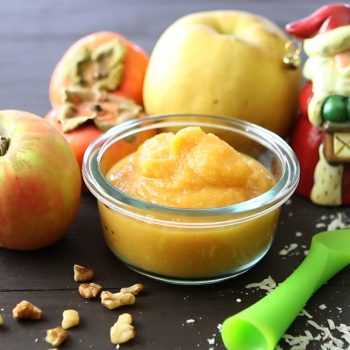
- Substances contained in coconut flakes help to increase efficiency, increase concentration, and have a positive effect on vision and memory.
- With its regular use, the metabolism is normalized, the level of cholesterol in the blood is reduced. Coconut flakes have healing and antibacterial properties.
One can talk endlessly about the benefits of oil for the body, hair, nails, skin, excess weight, legs and heels! This is one of the most affordable and easy to use oils, while having just a huge range of its useful qualities.
Coconut flakes - a product of the processing of coconut pulp is a source of vitamins, minerals and fatty acids (omega-6 and saturated). All the useful properties of coconut are preserved in the shavings.
Coconut flakes are equally useful for women and men, and even children after 1 year. The substances contained in it contribute to the internal rejuvenation of skin cells, slowing down its aging and improving the condition of the hair.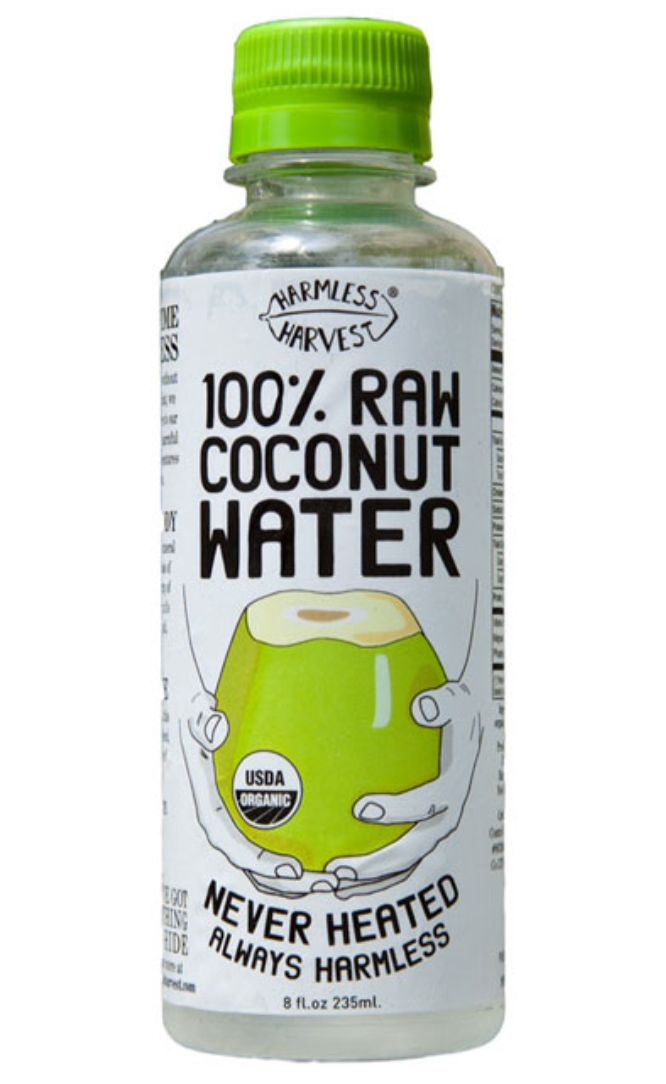 Dried coconut pulp is no less useful for men: prevention of diseases of the genitourinary system, increased potency, and a positive effect on reproductive function.
Dried coconut pulp is no less useful for men: prevention of diseases of the genitourinary system, increased potency, and a positive effect on reproductive function.
Quite often, coconut flakes are used in cosmetology as a delicate cleanser for the face and body. It very gently exfoliates dead skin cells, has a nourishing and moisturizing effect, improves skin tone.
To you to make you and your child, we bring you something to please you and your kids, we will make you happy, we will bring you something to do, is to bring some colorful coconut flakes. Natural coconut flakes are dyed with food coloring.
Coconut recipes.
Raffaello sweets
You will need for 9 sweets:
- Condensed milk - 2 tablespoons
- Coconut flakes - 80 gr
- Almonds (if the nut is in a peel, pour boiling water over it and the peel will be easily removed) - 9 pcs.
